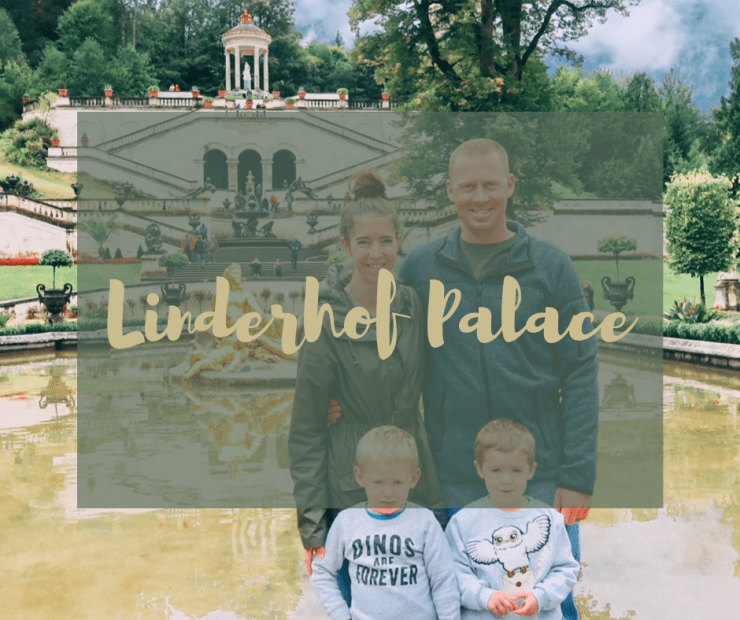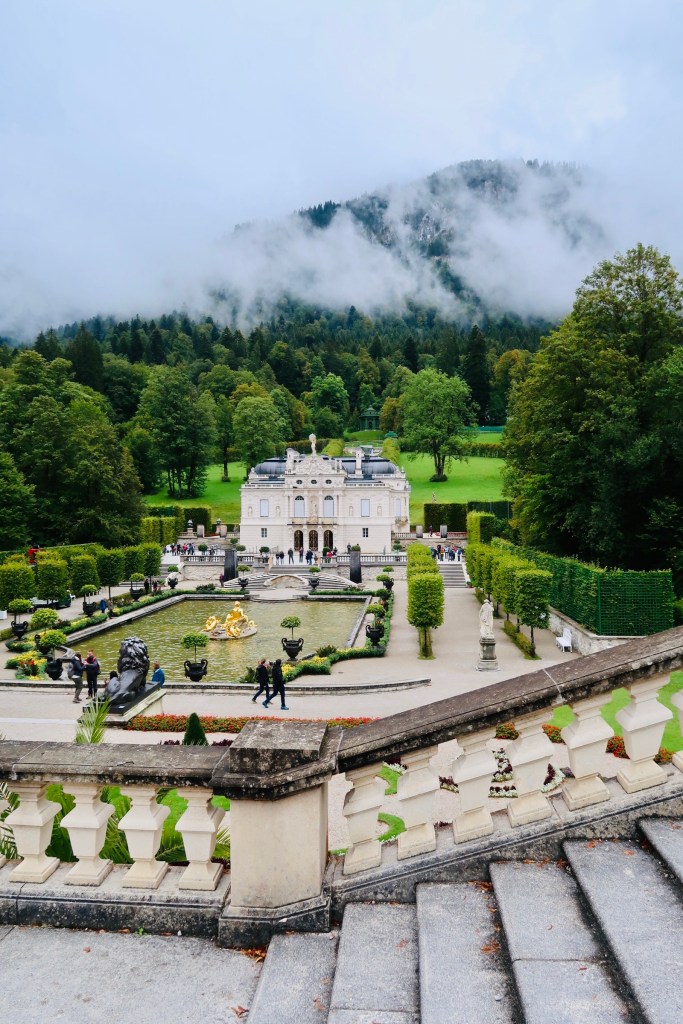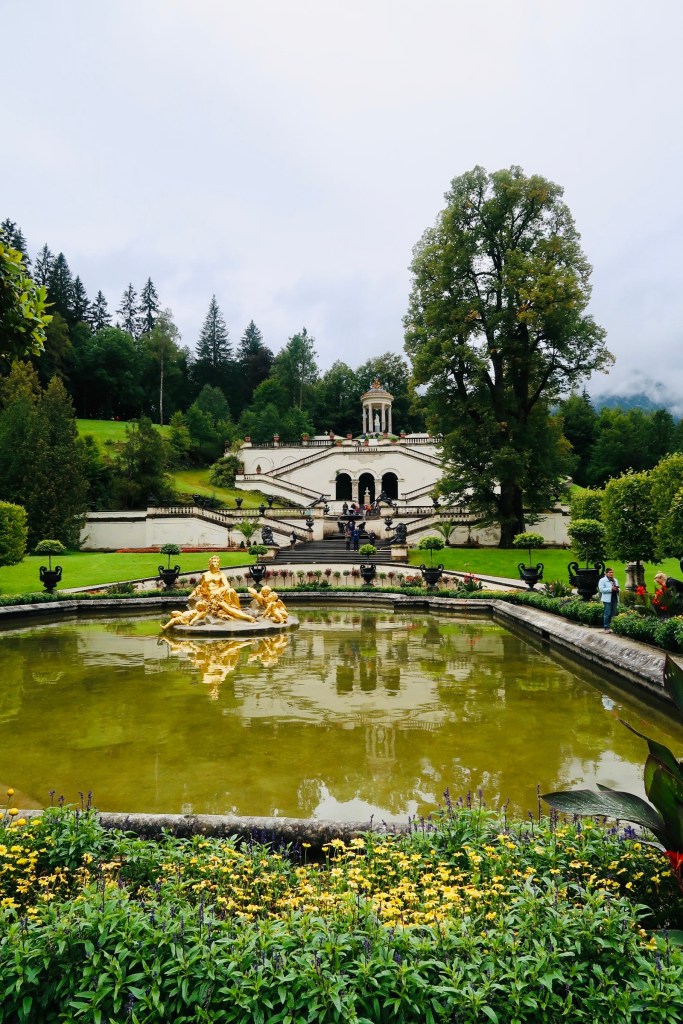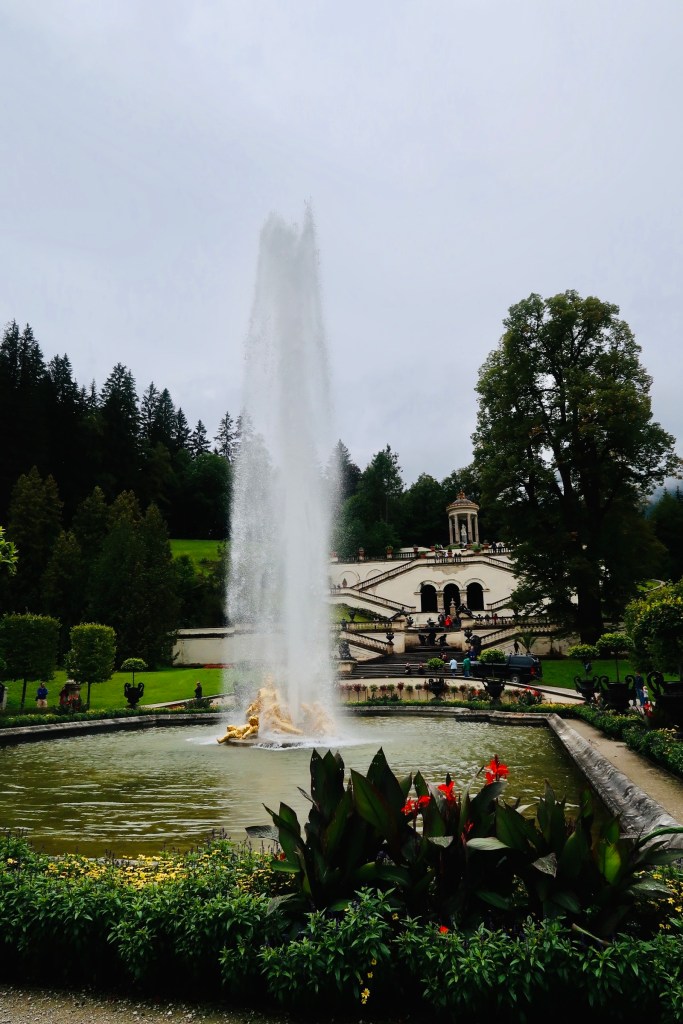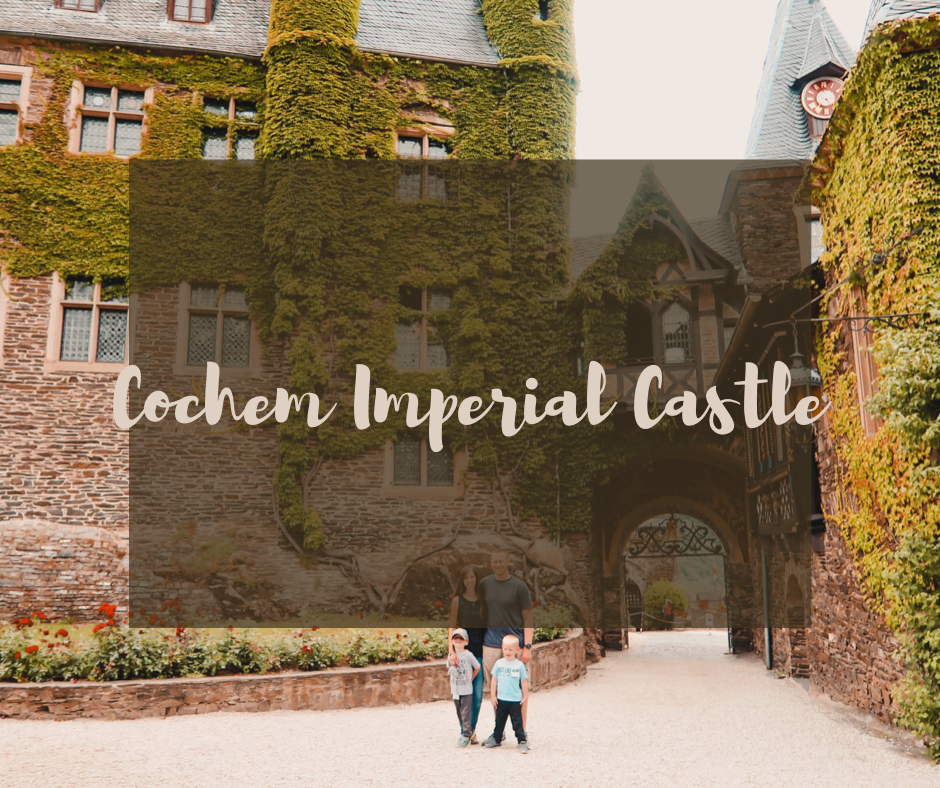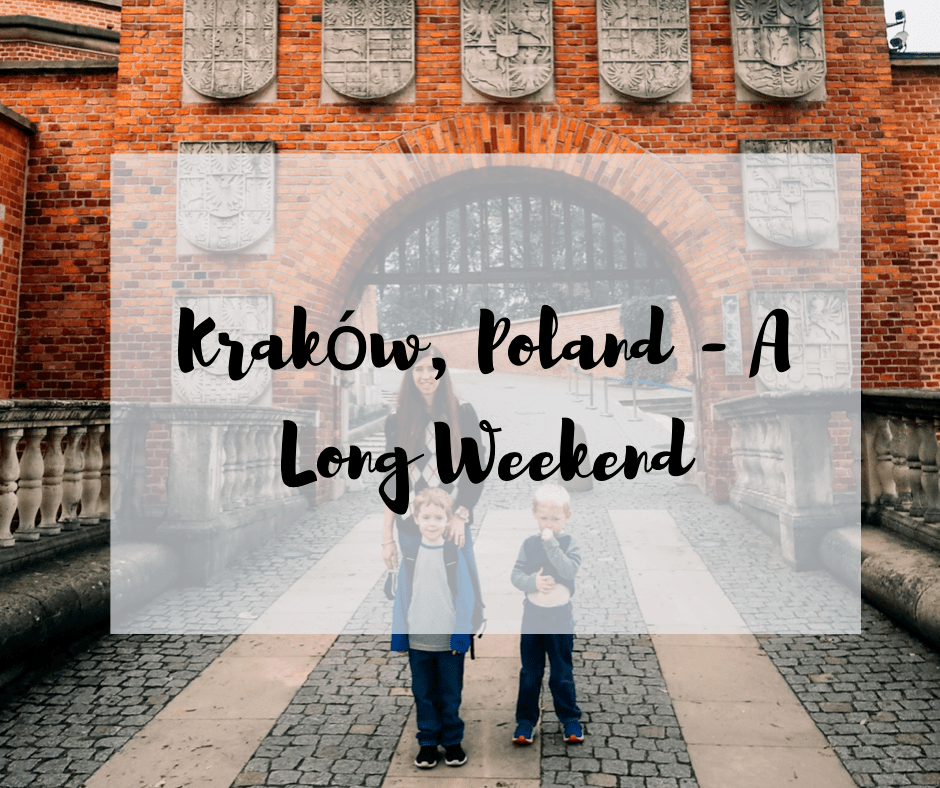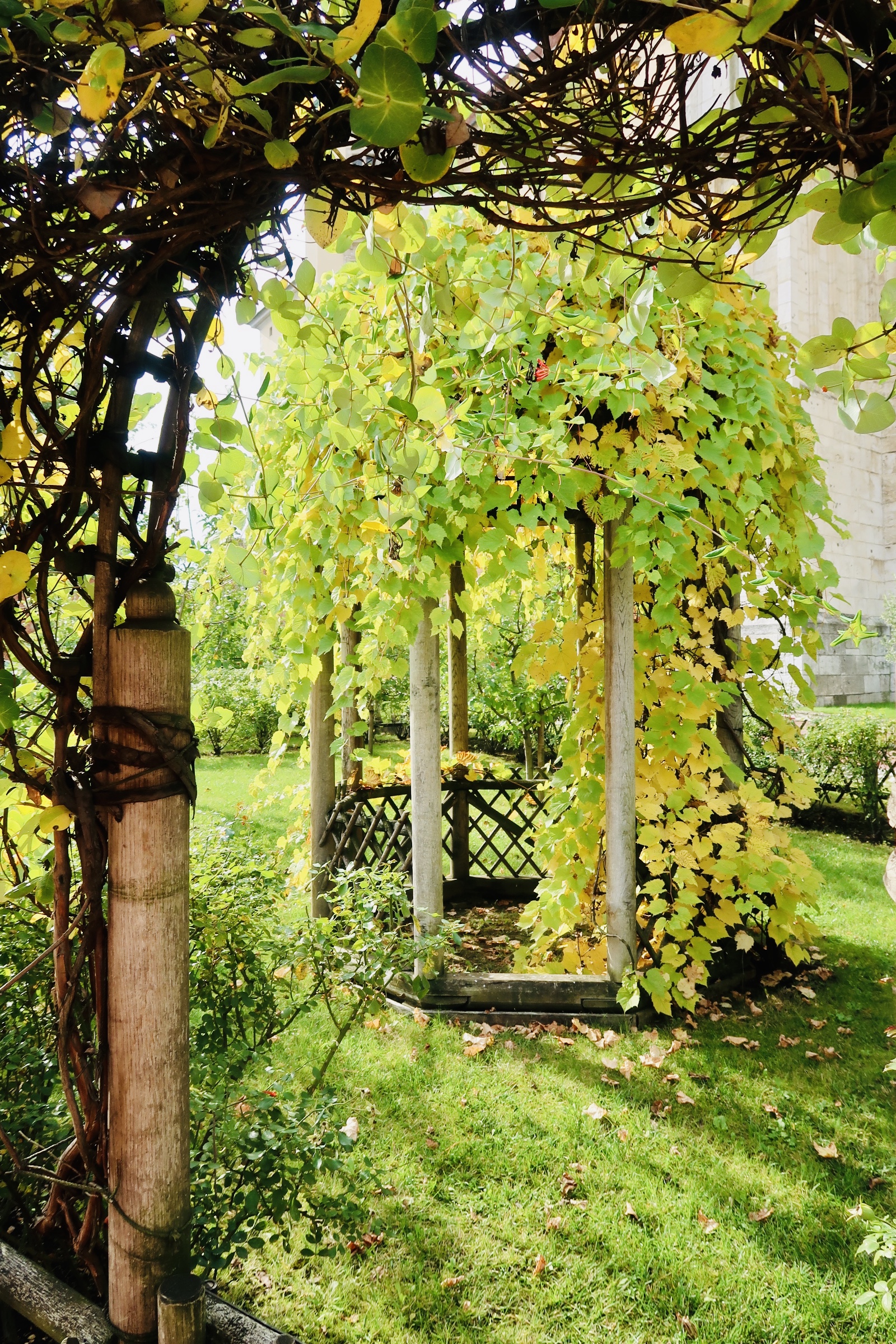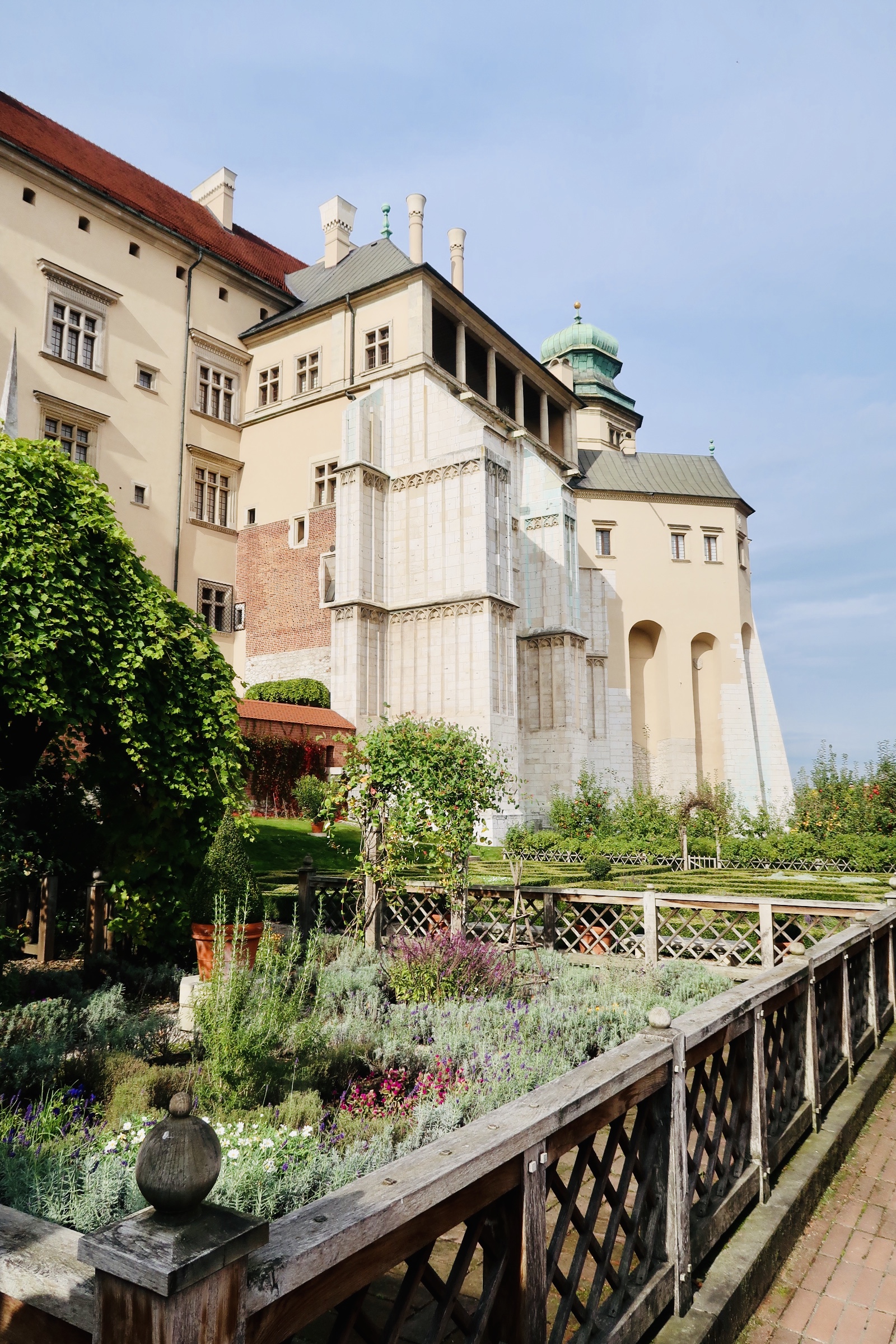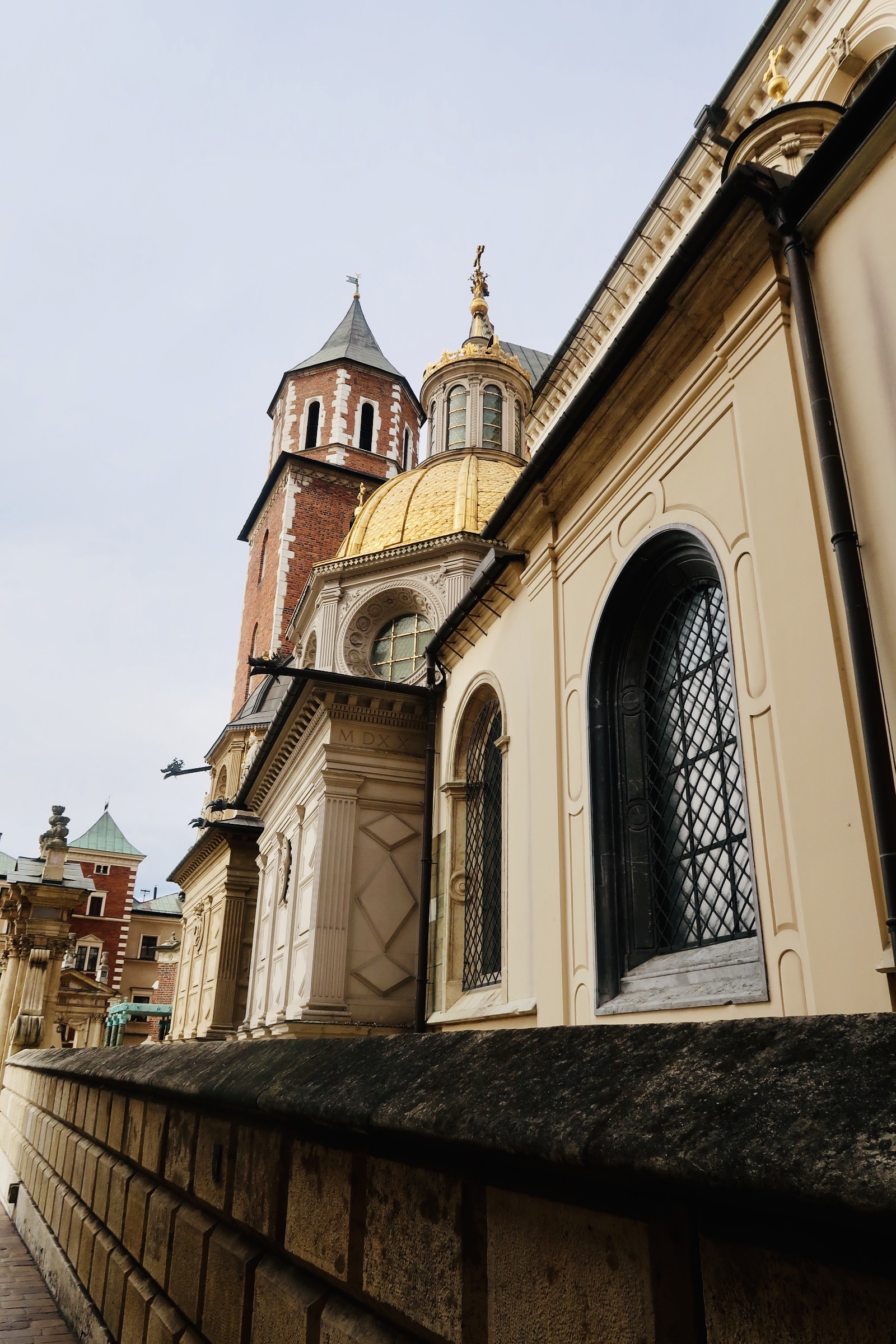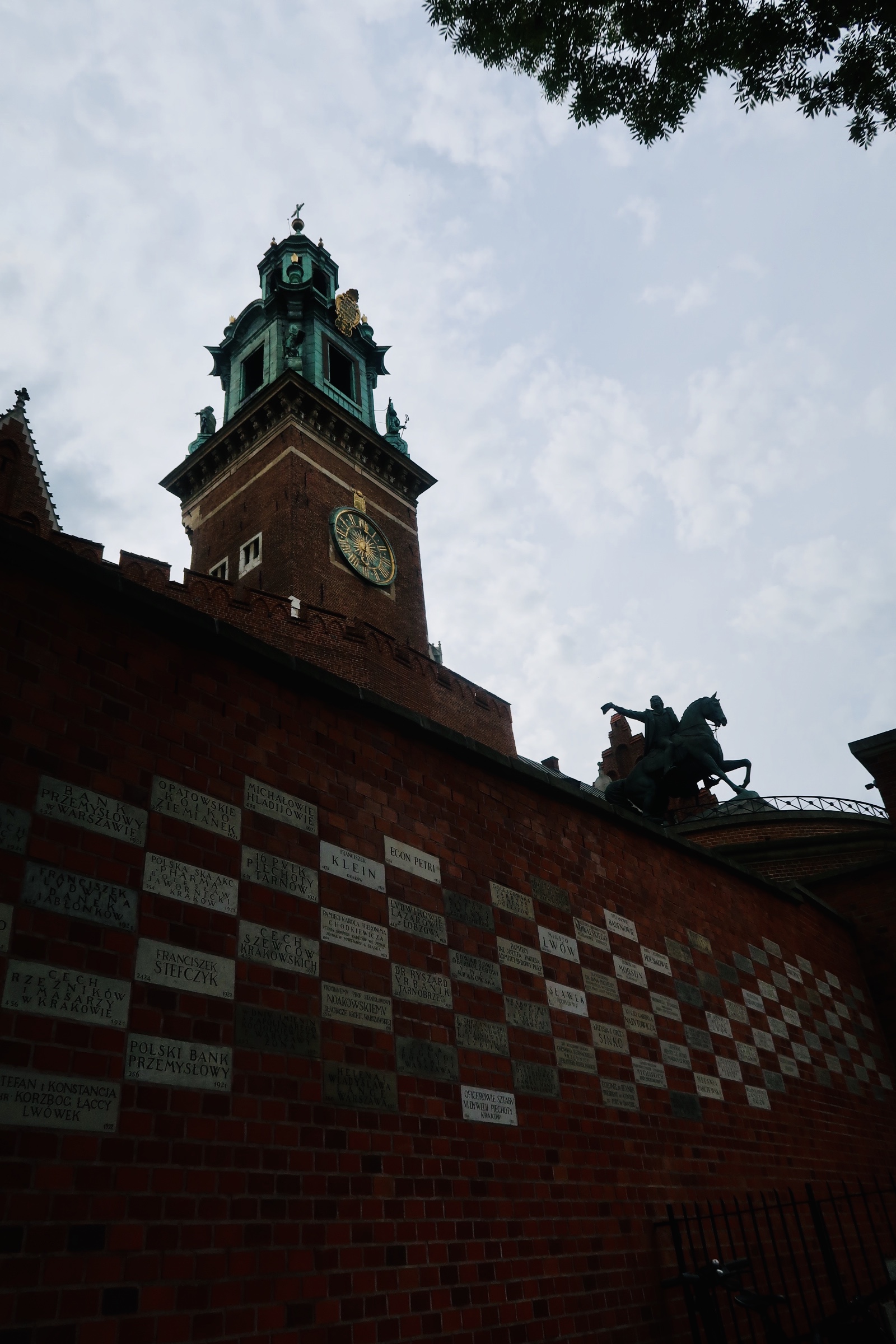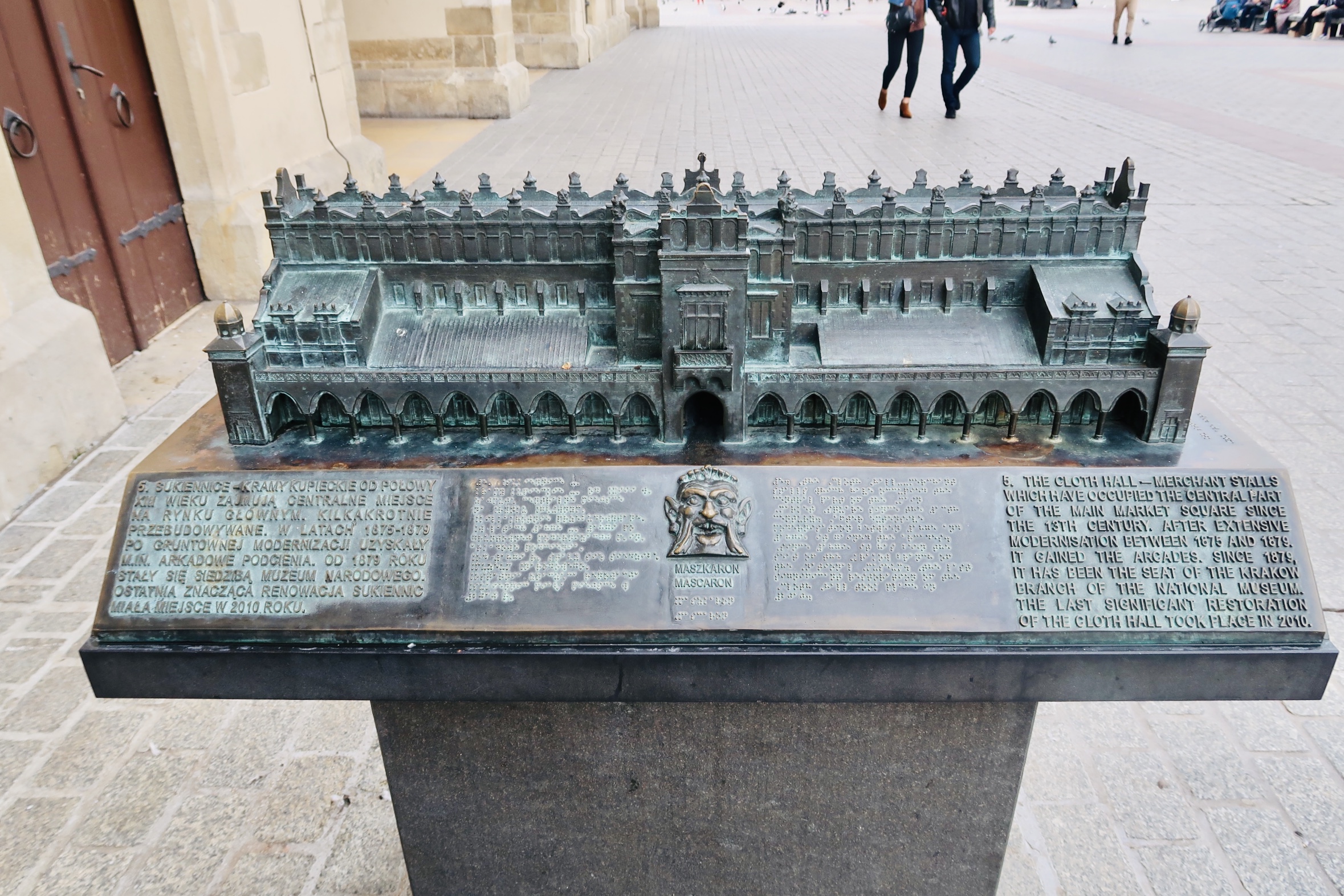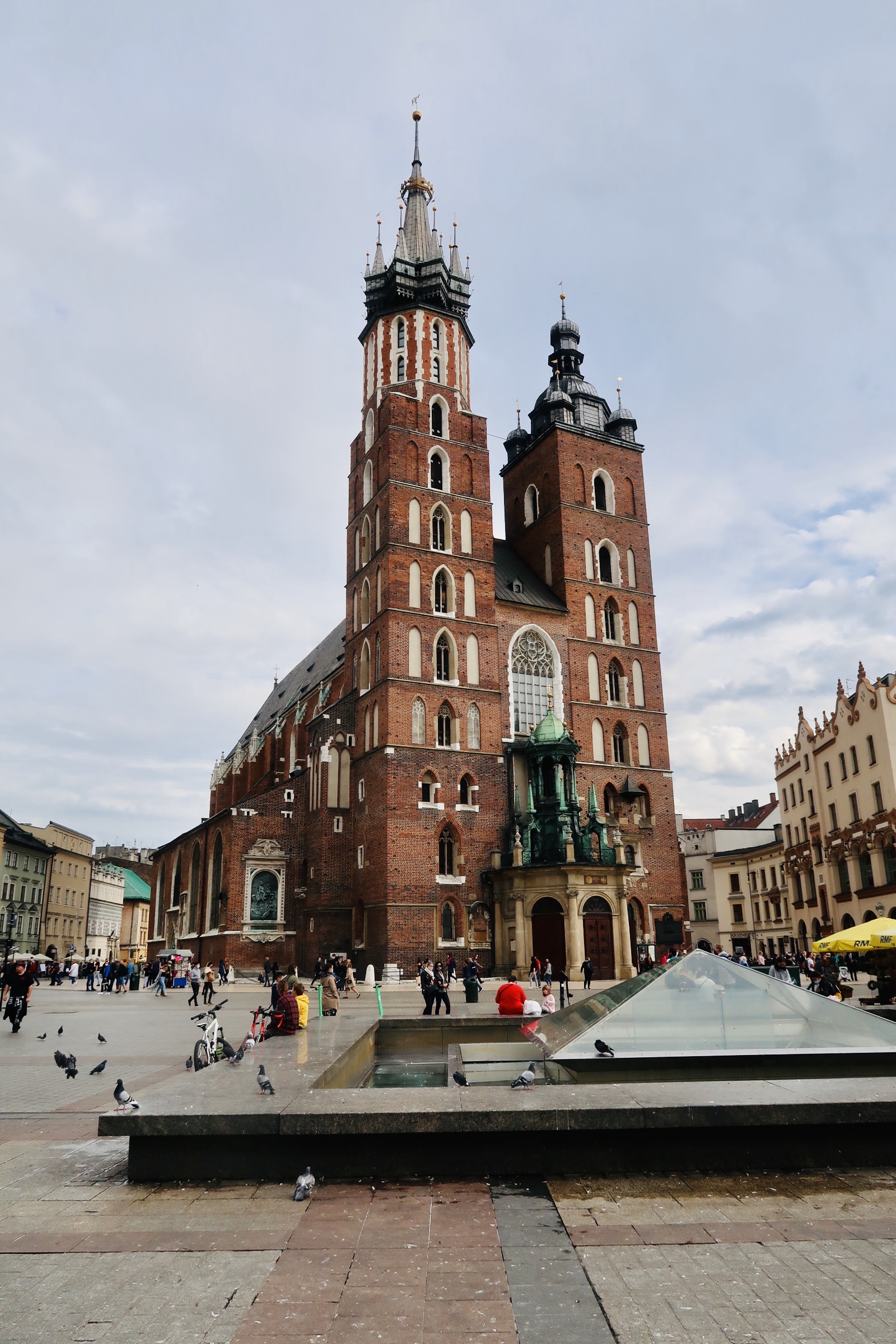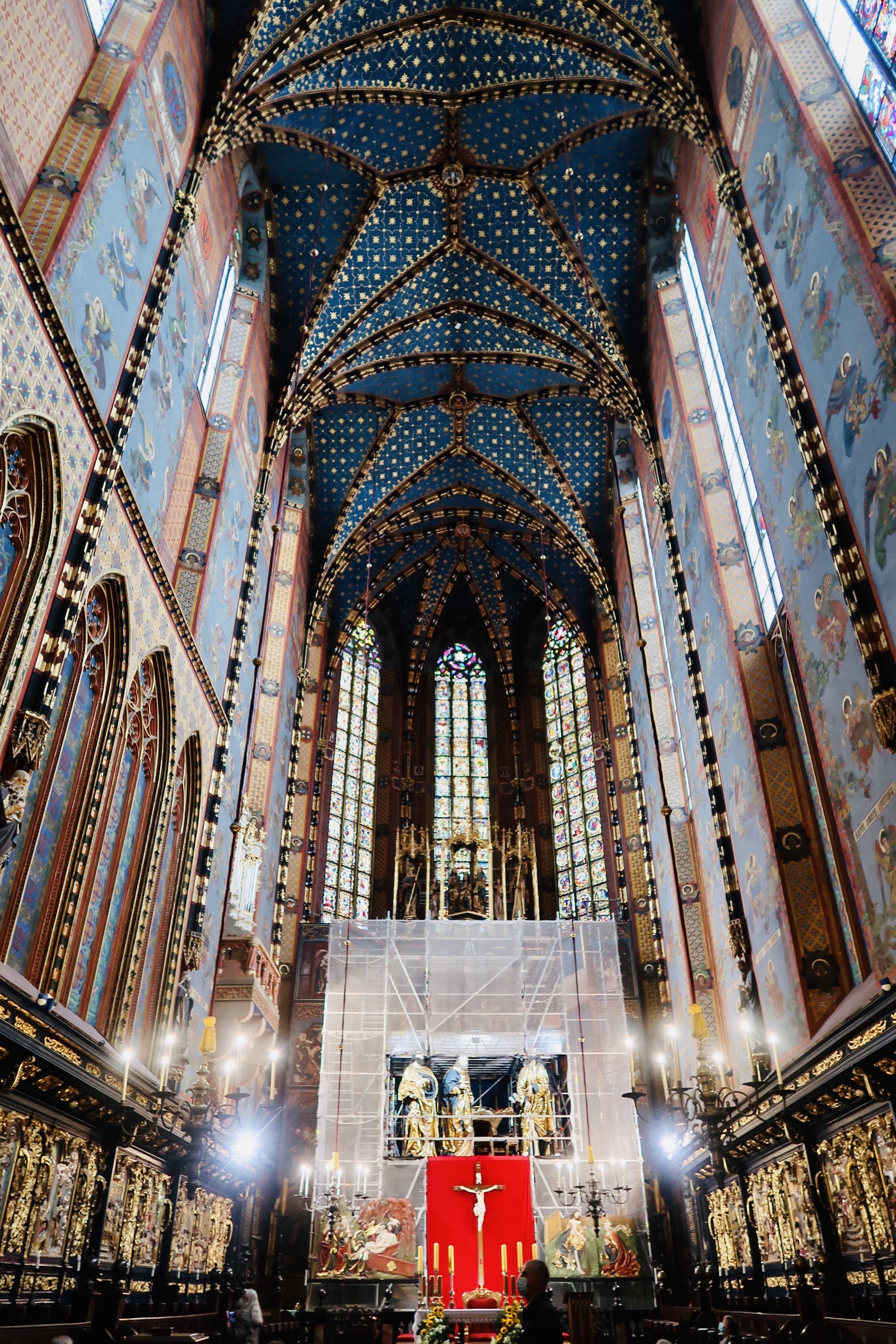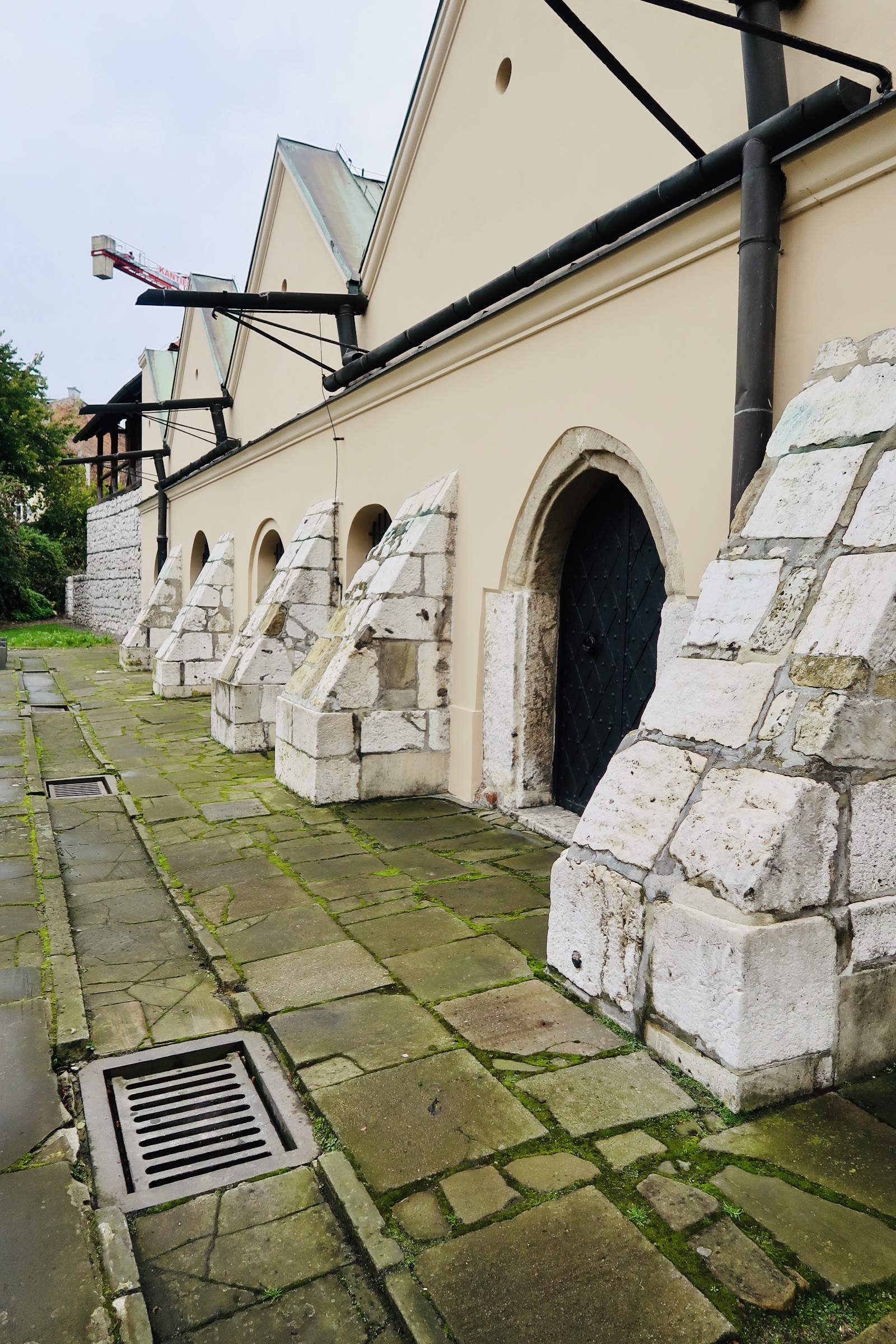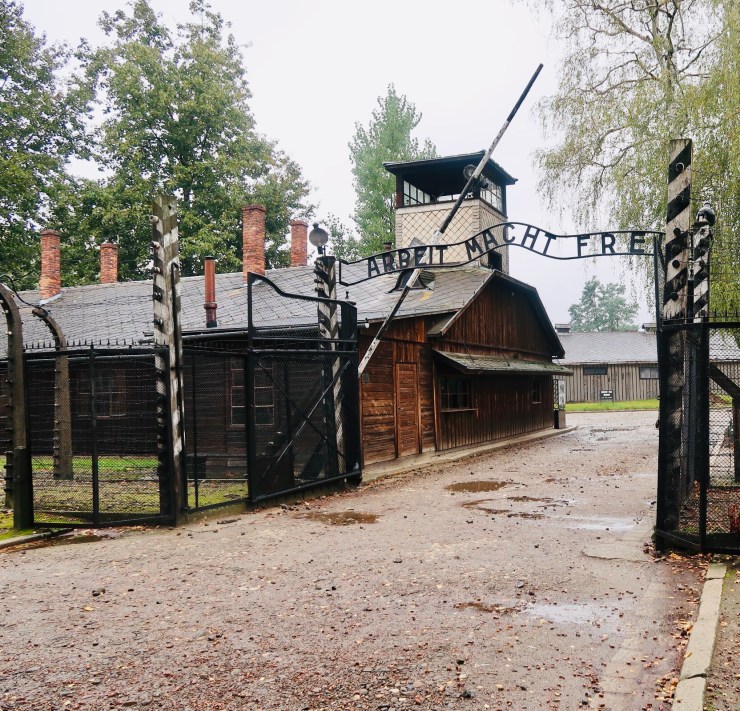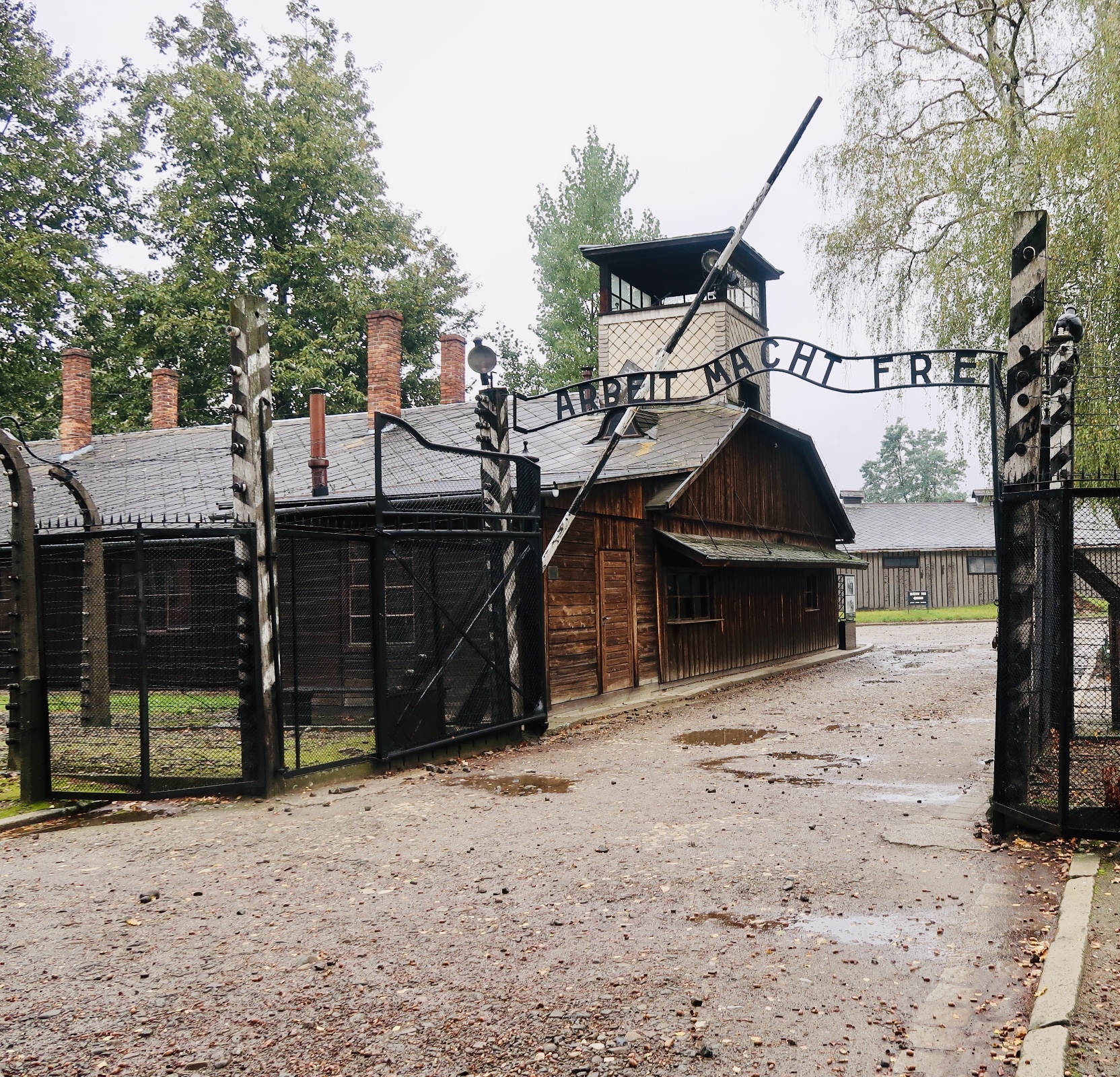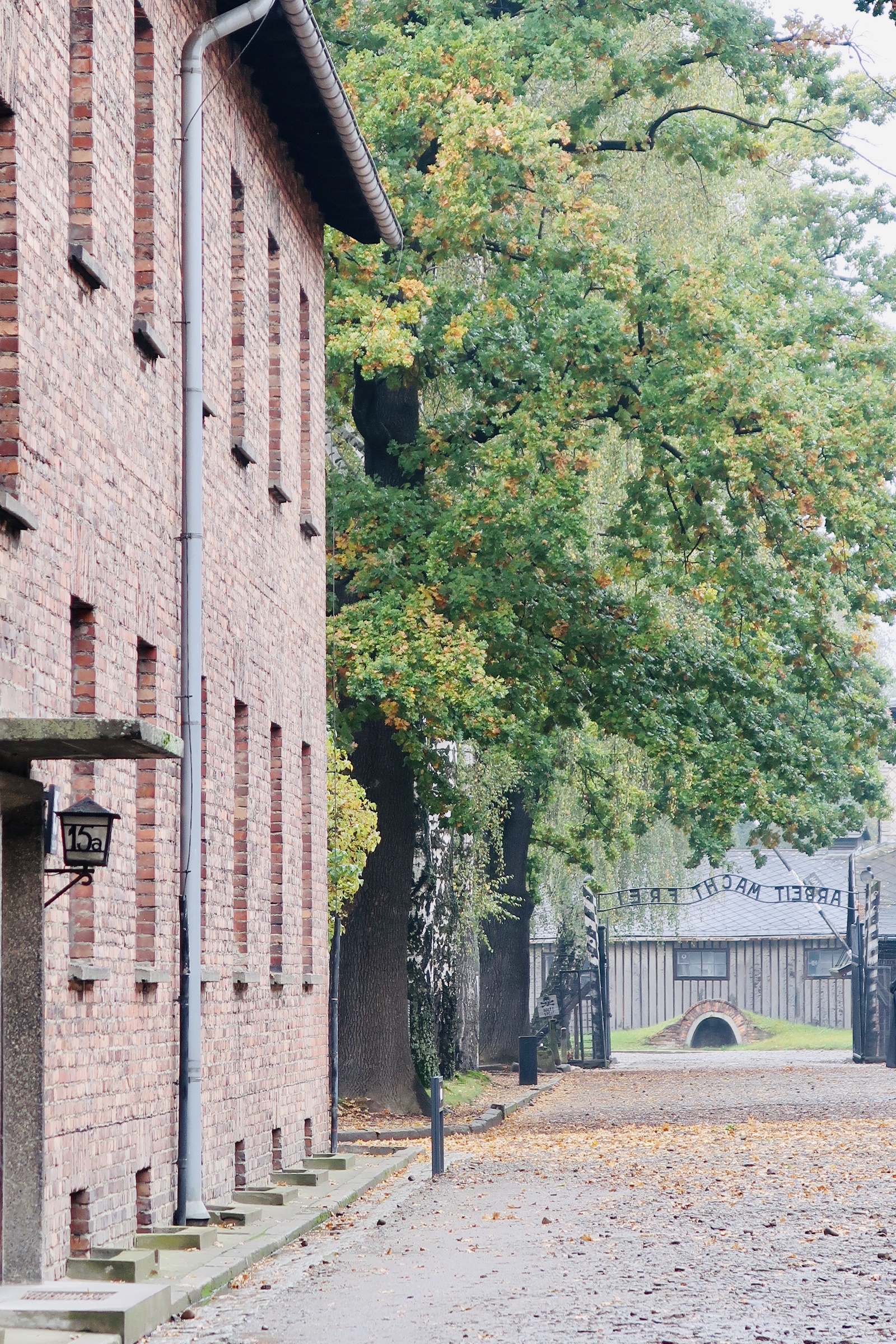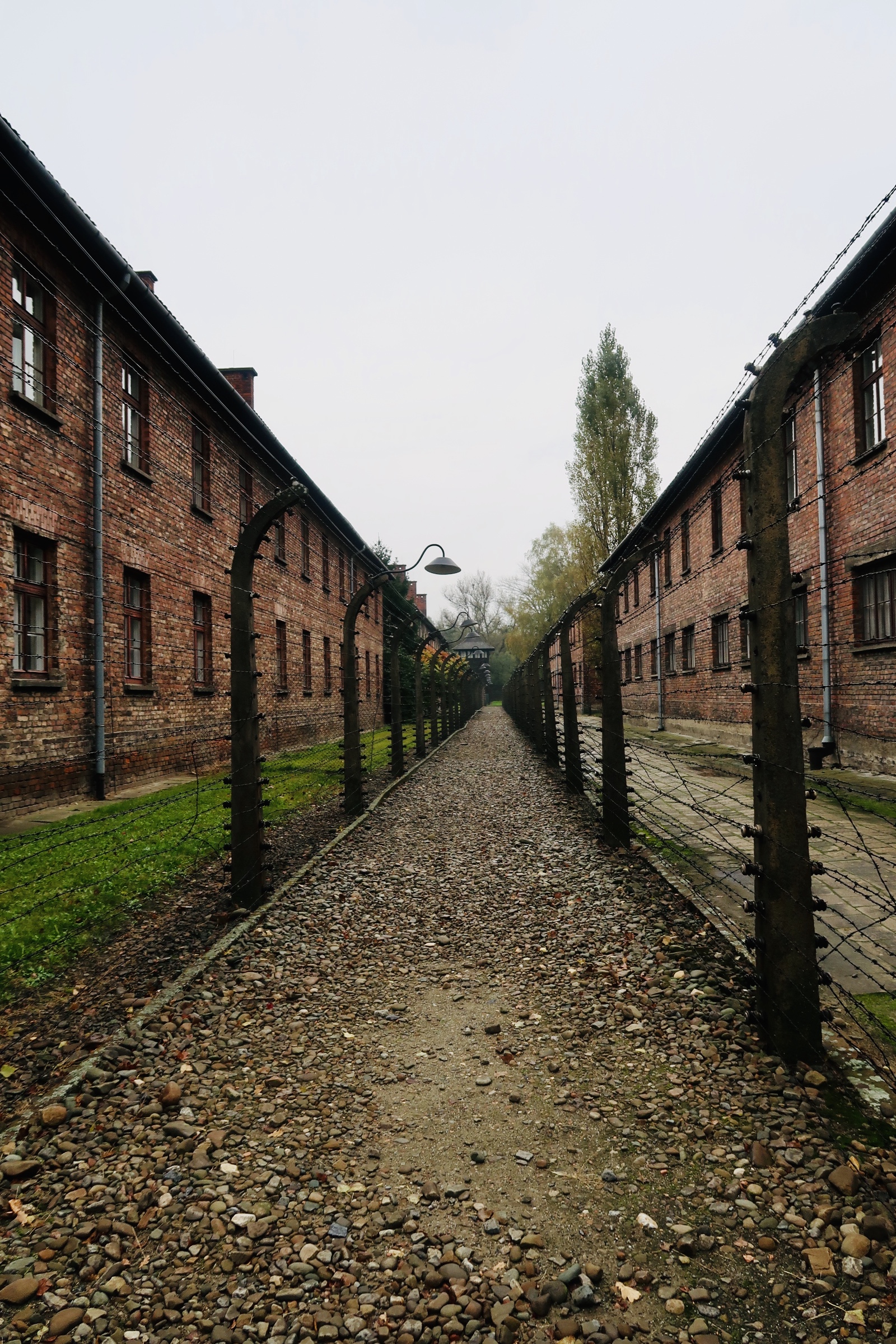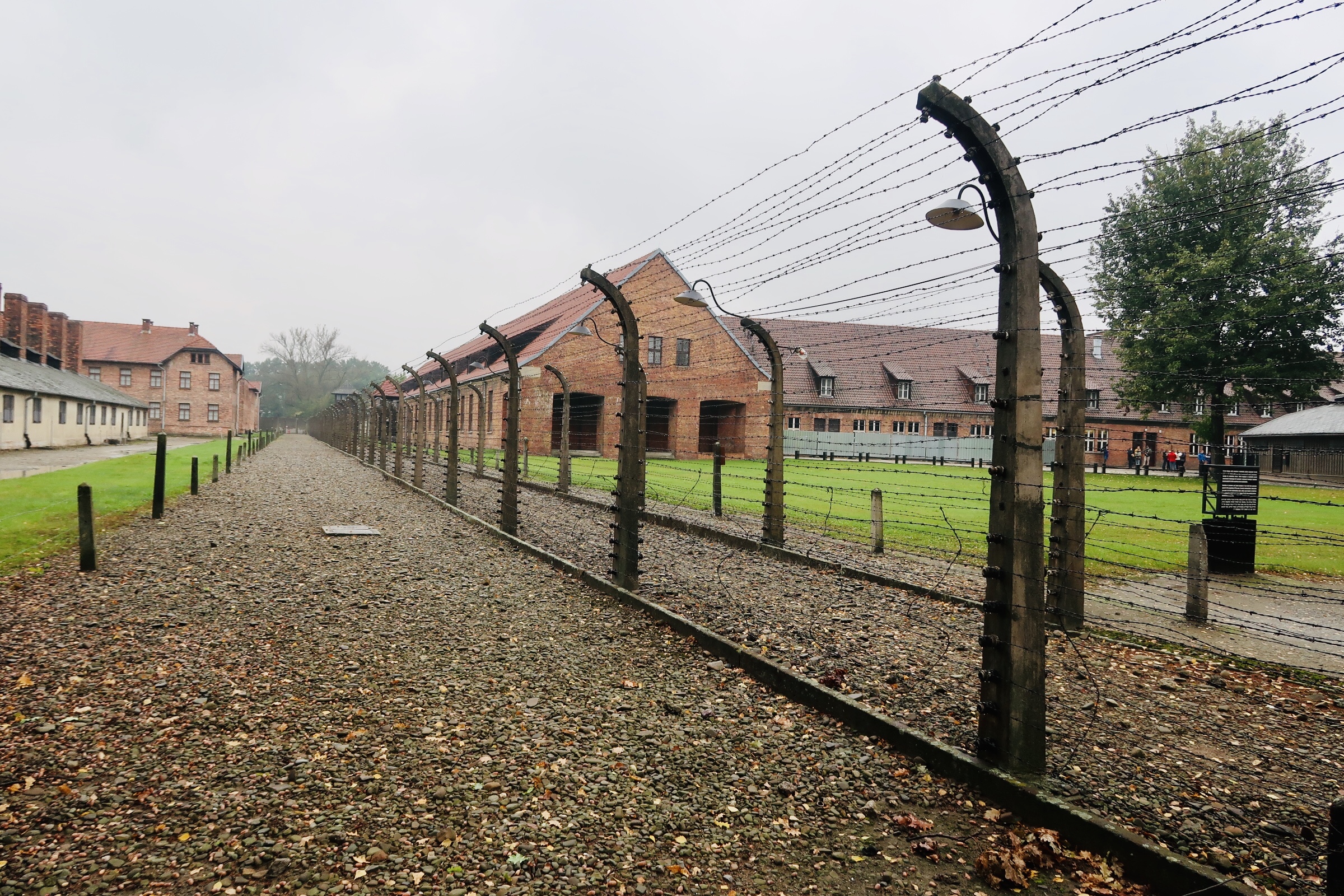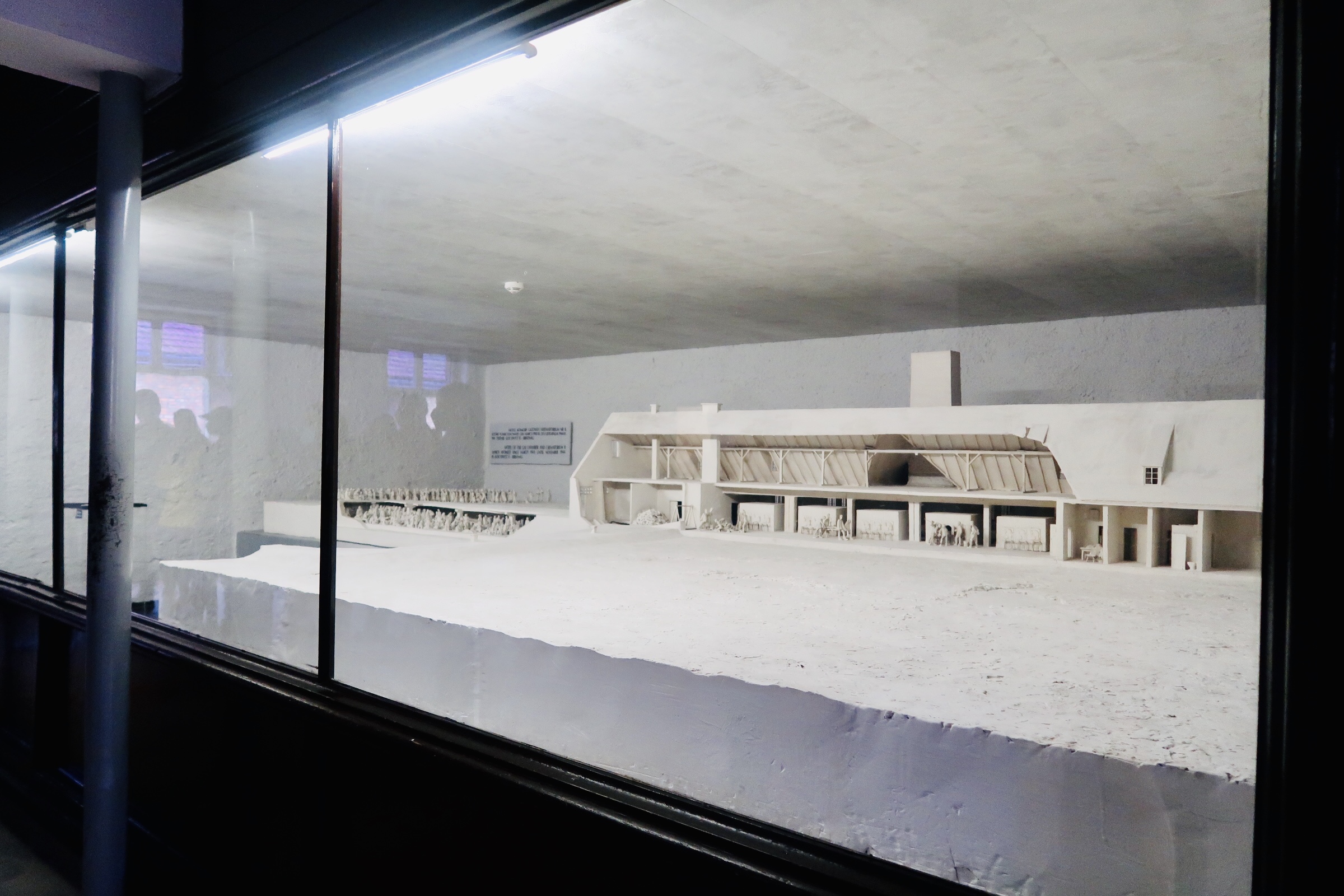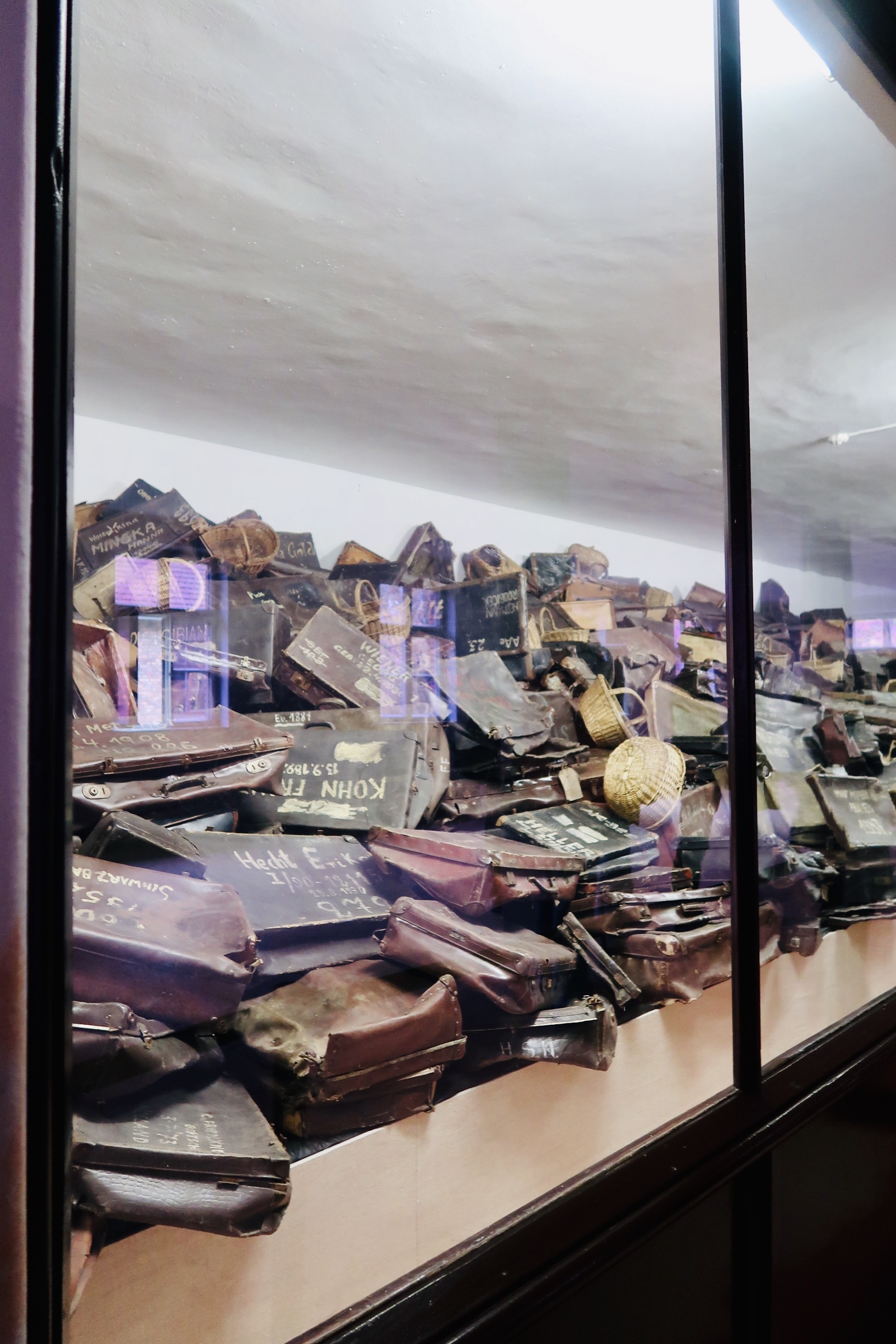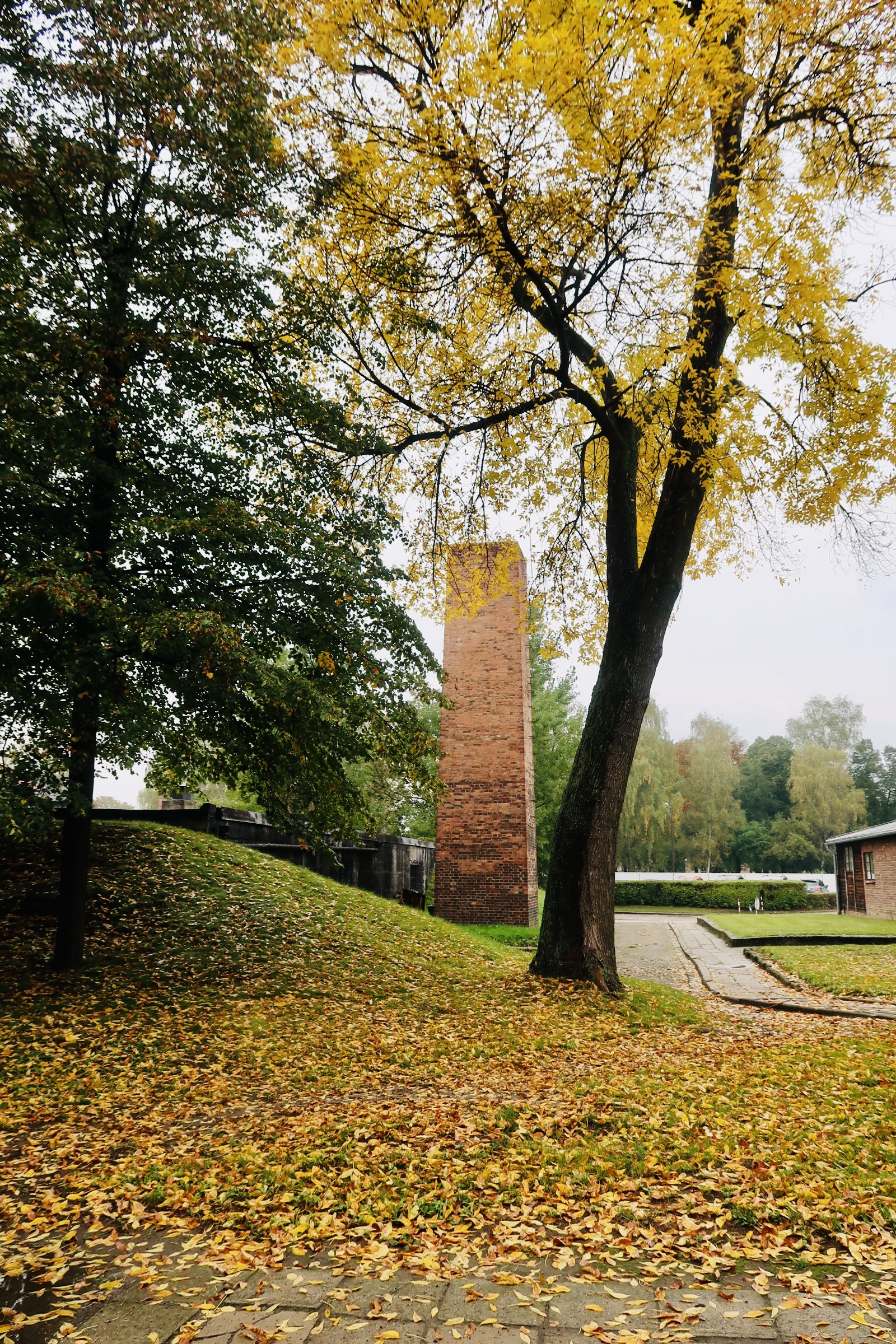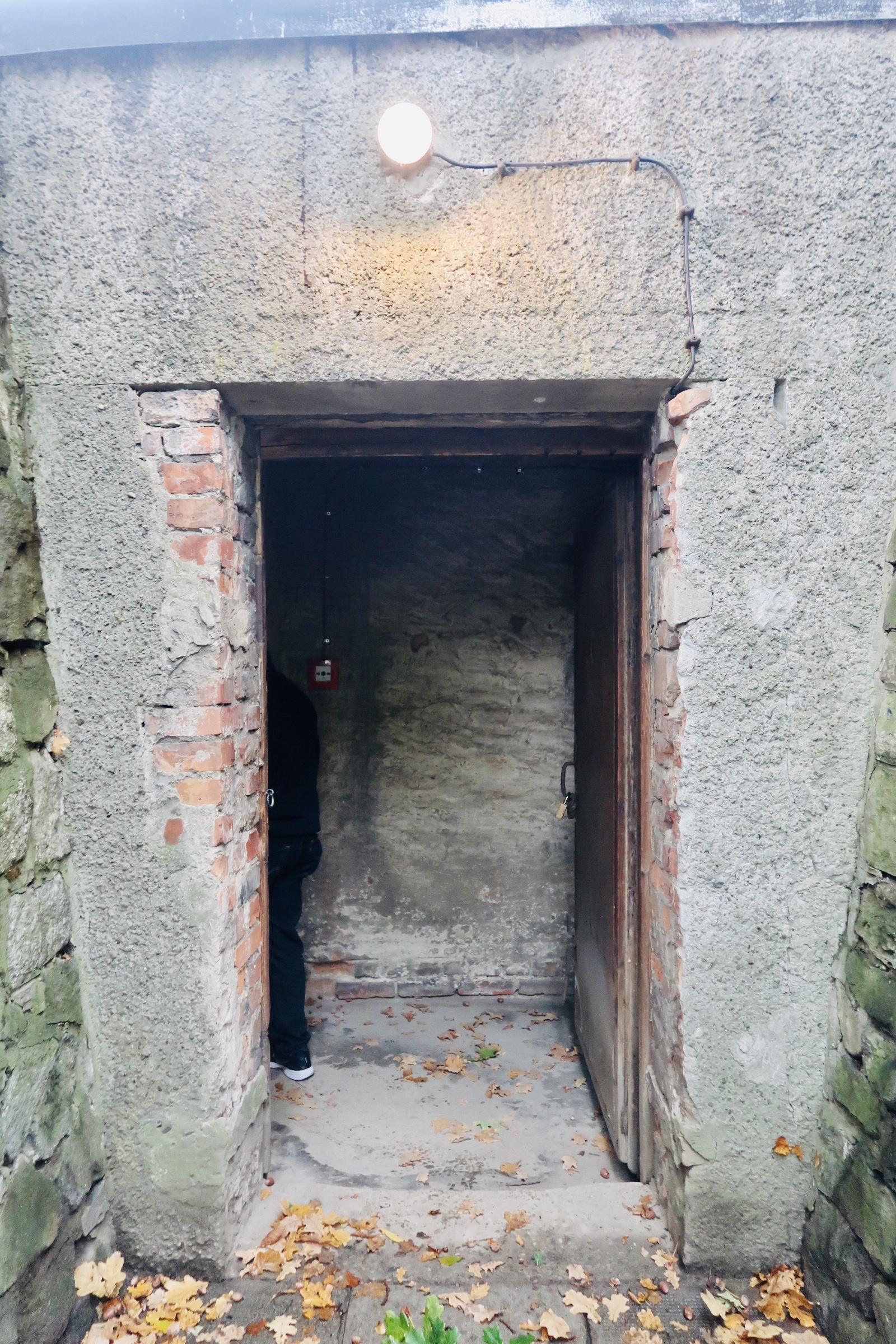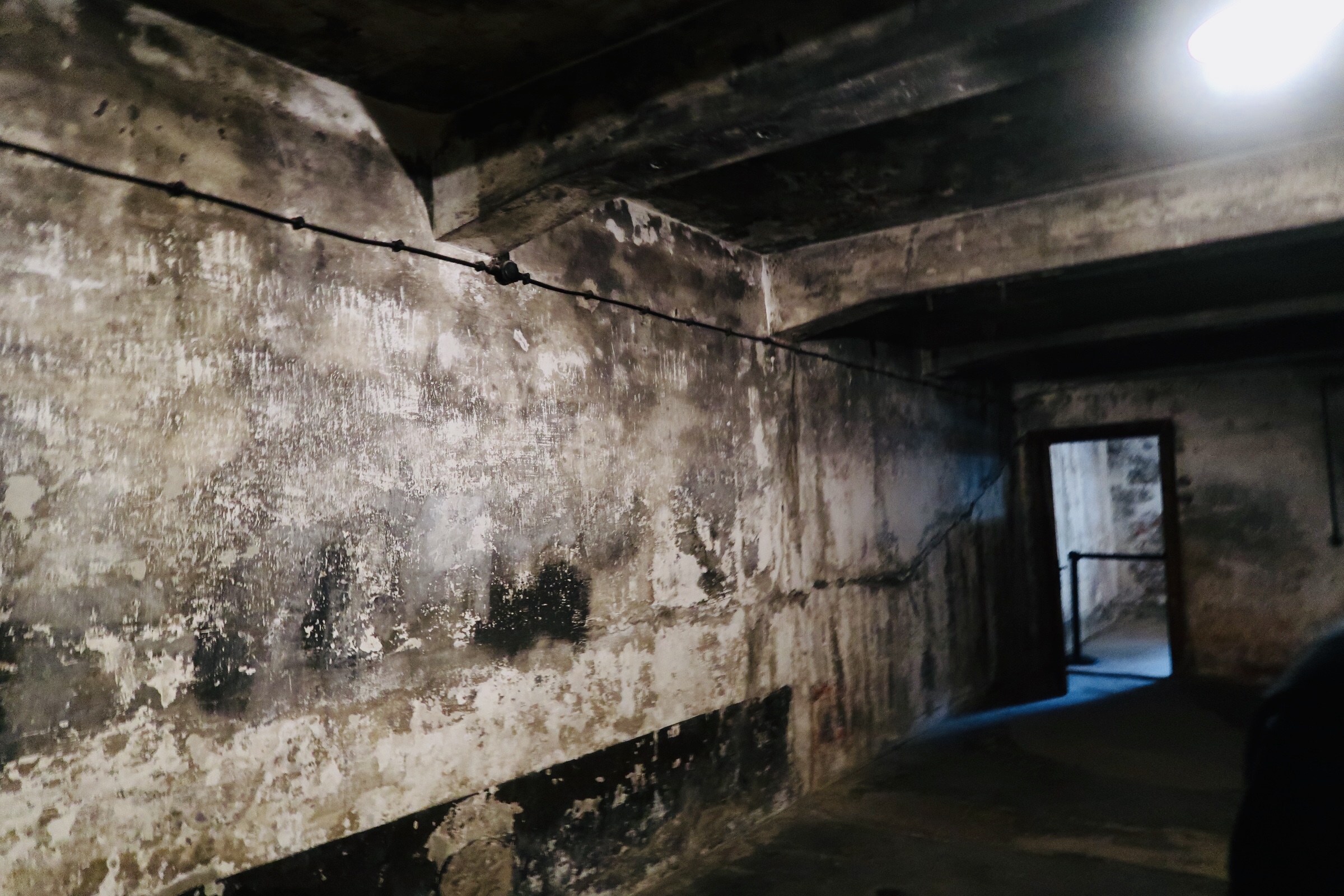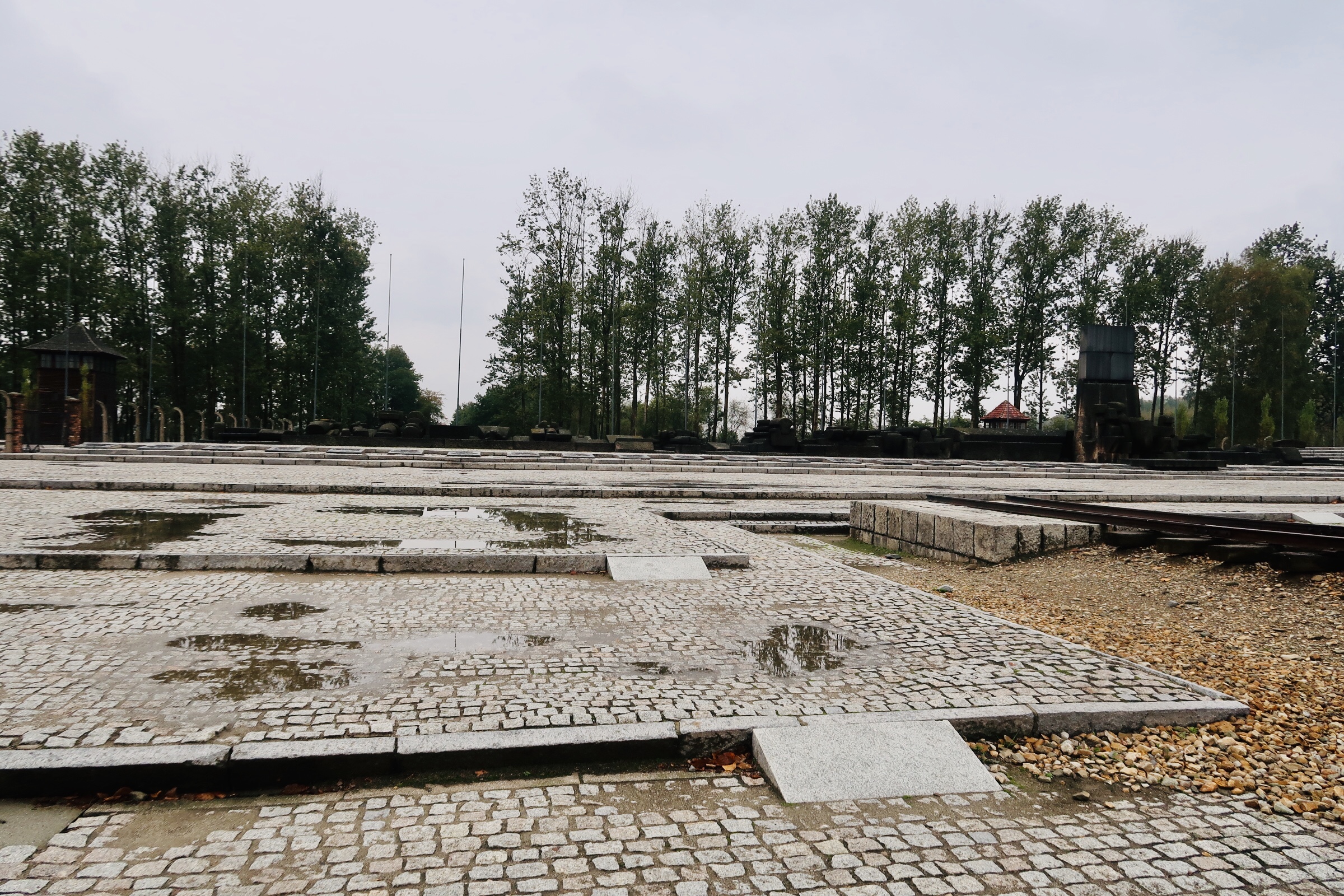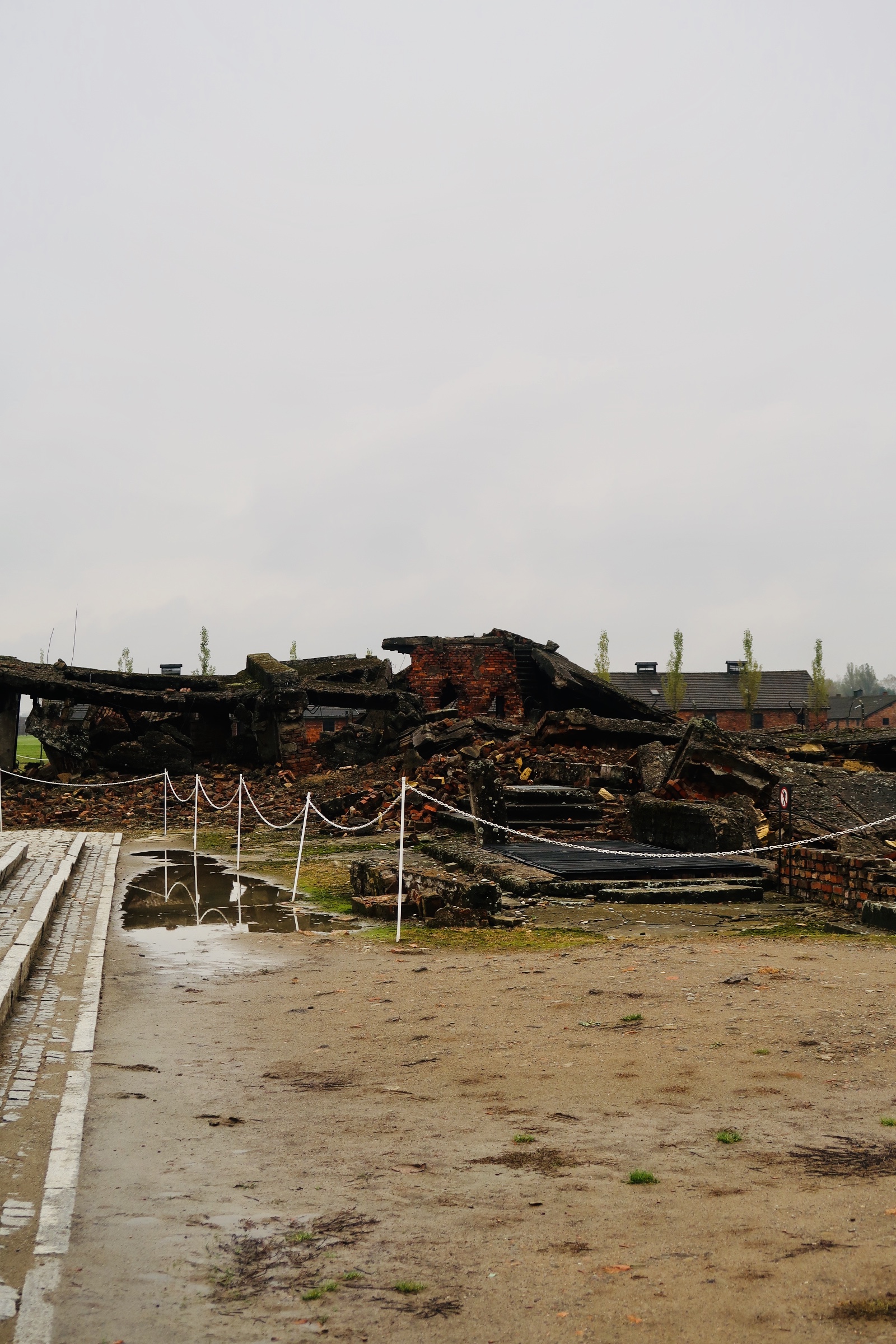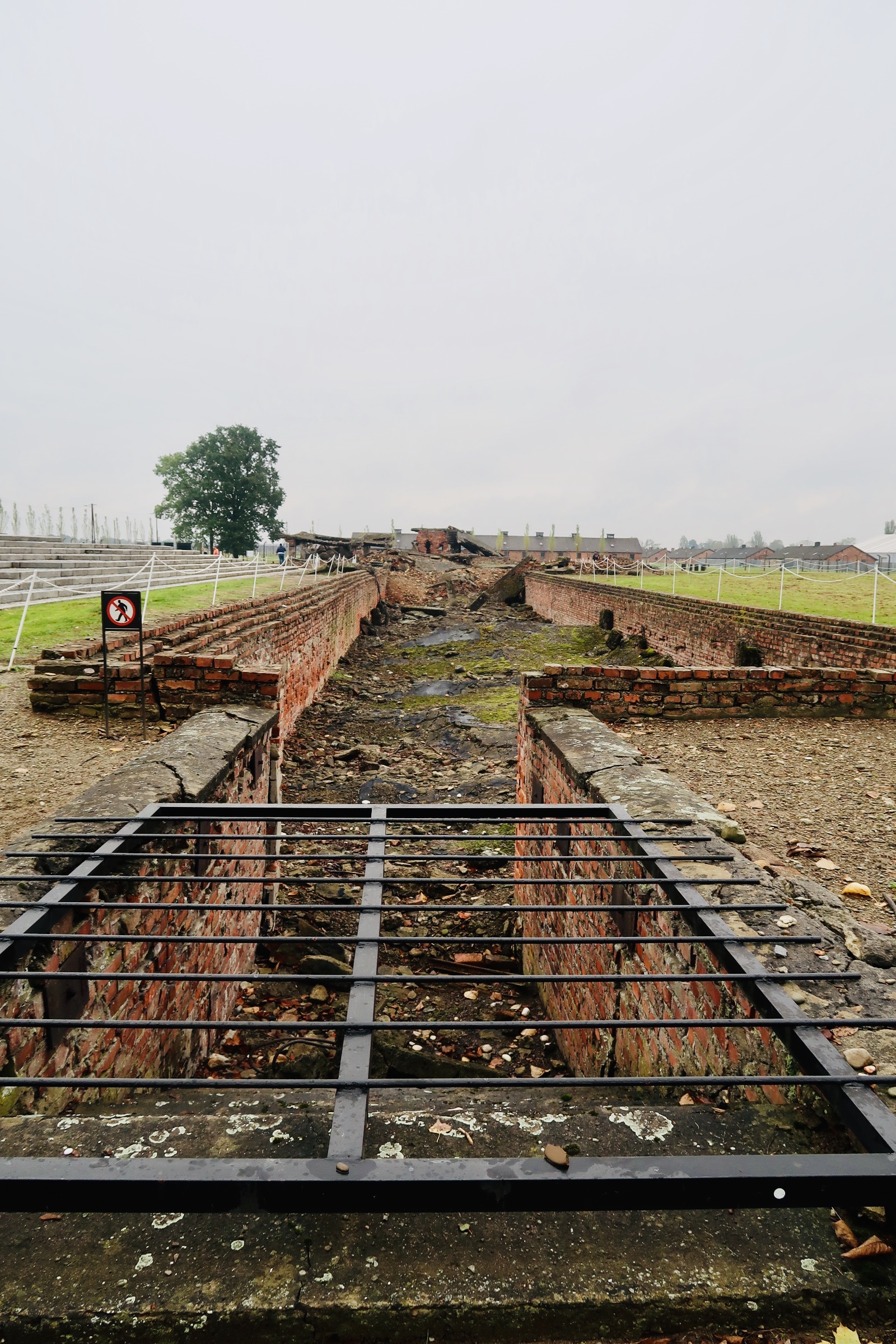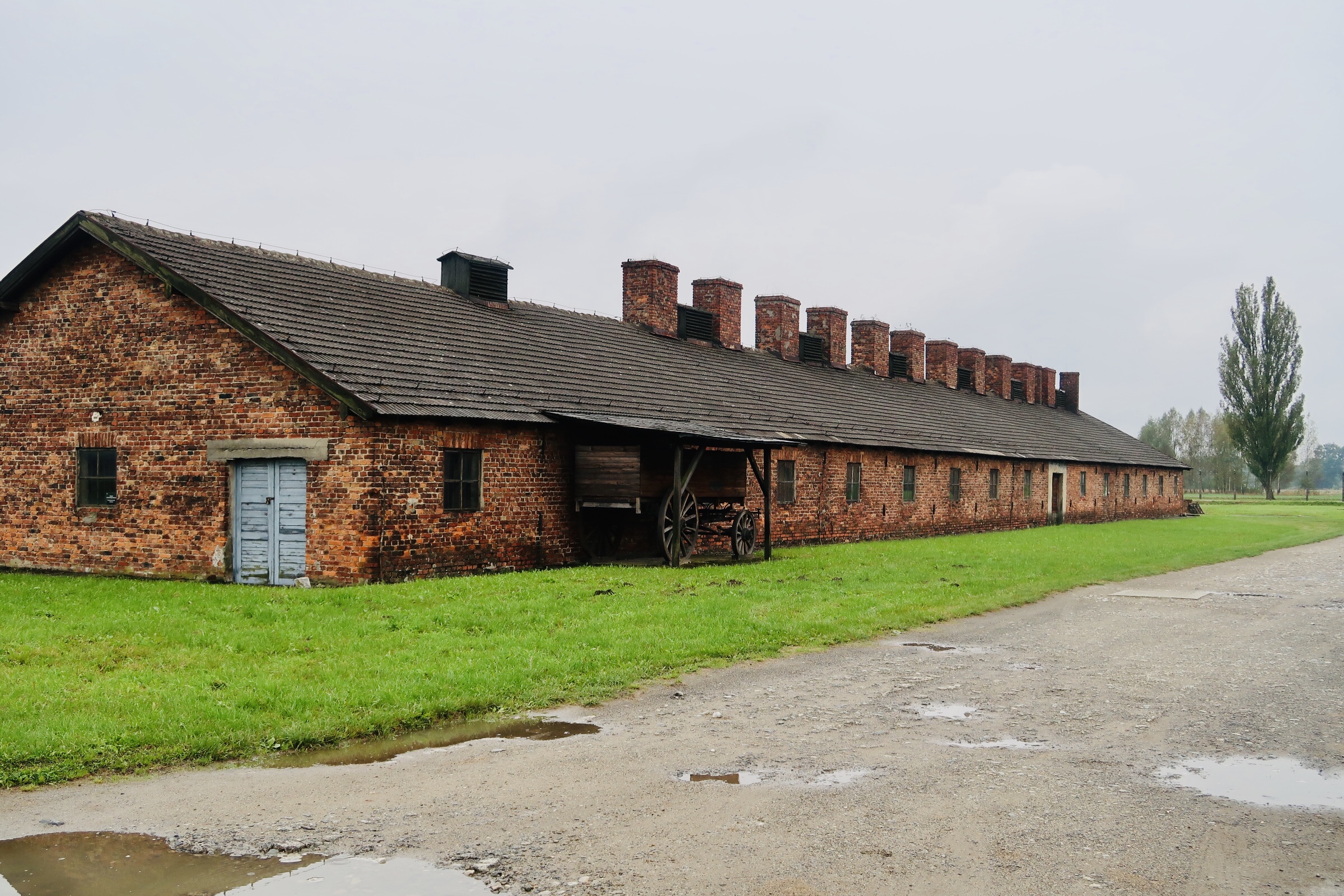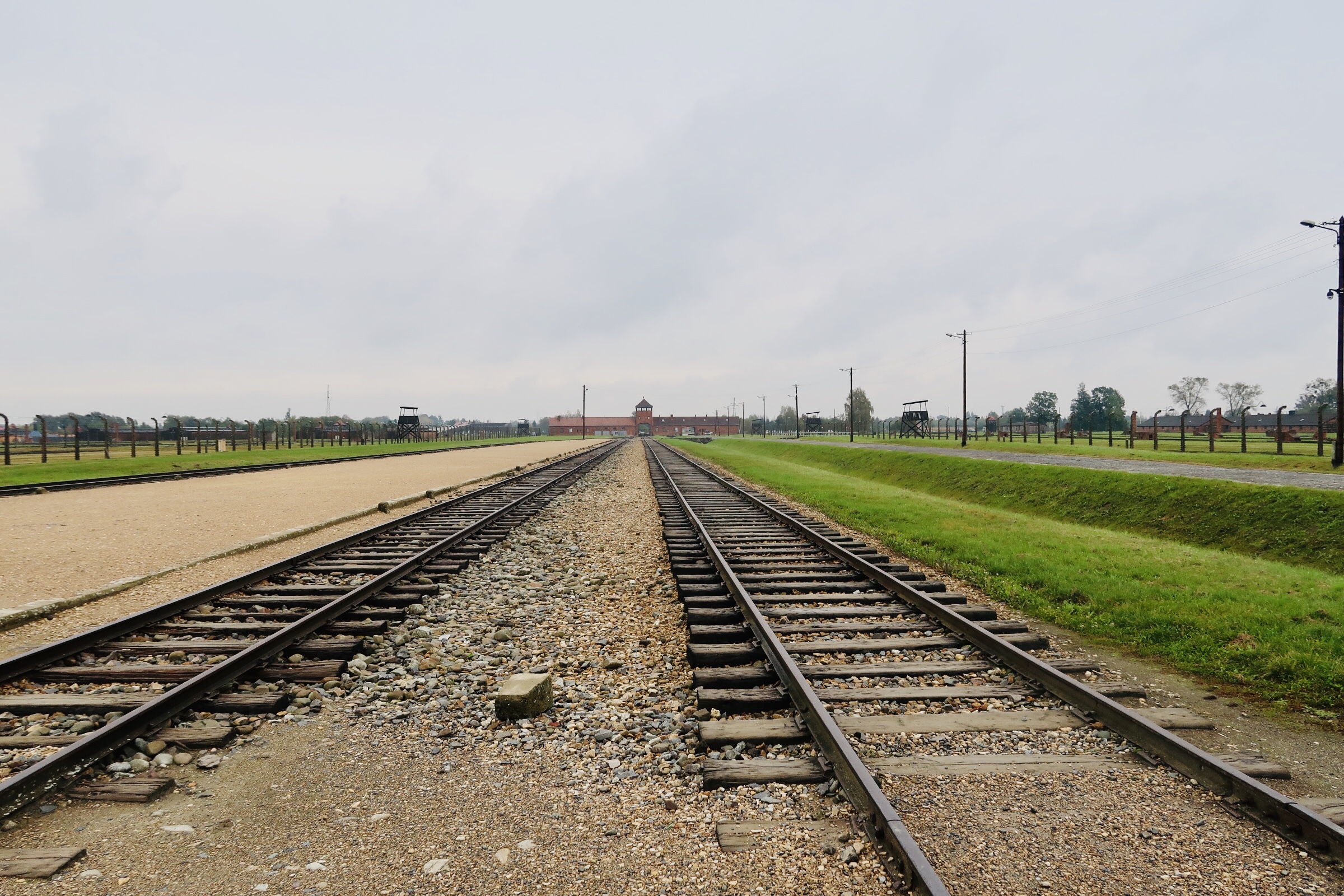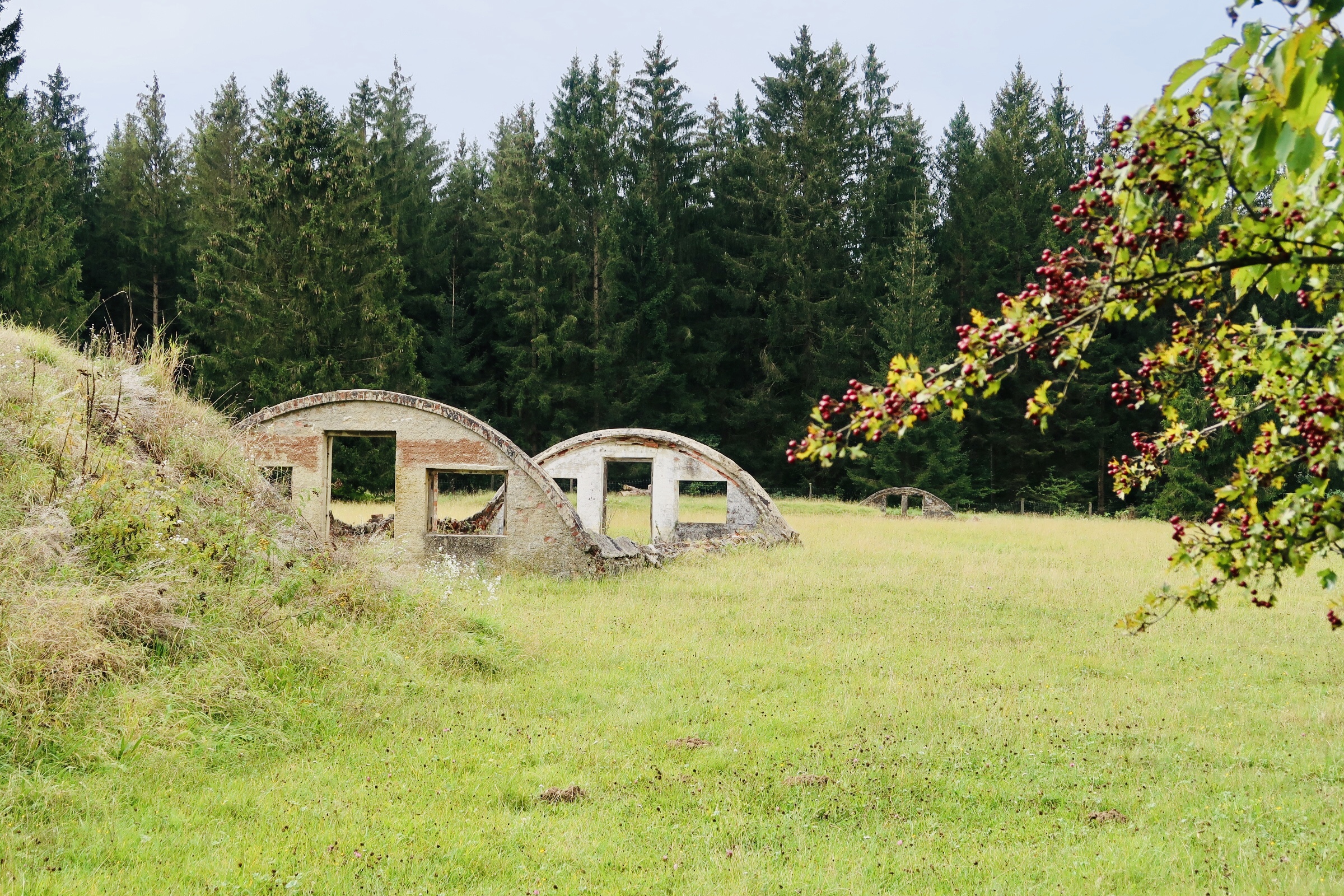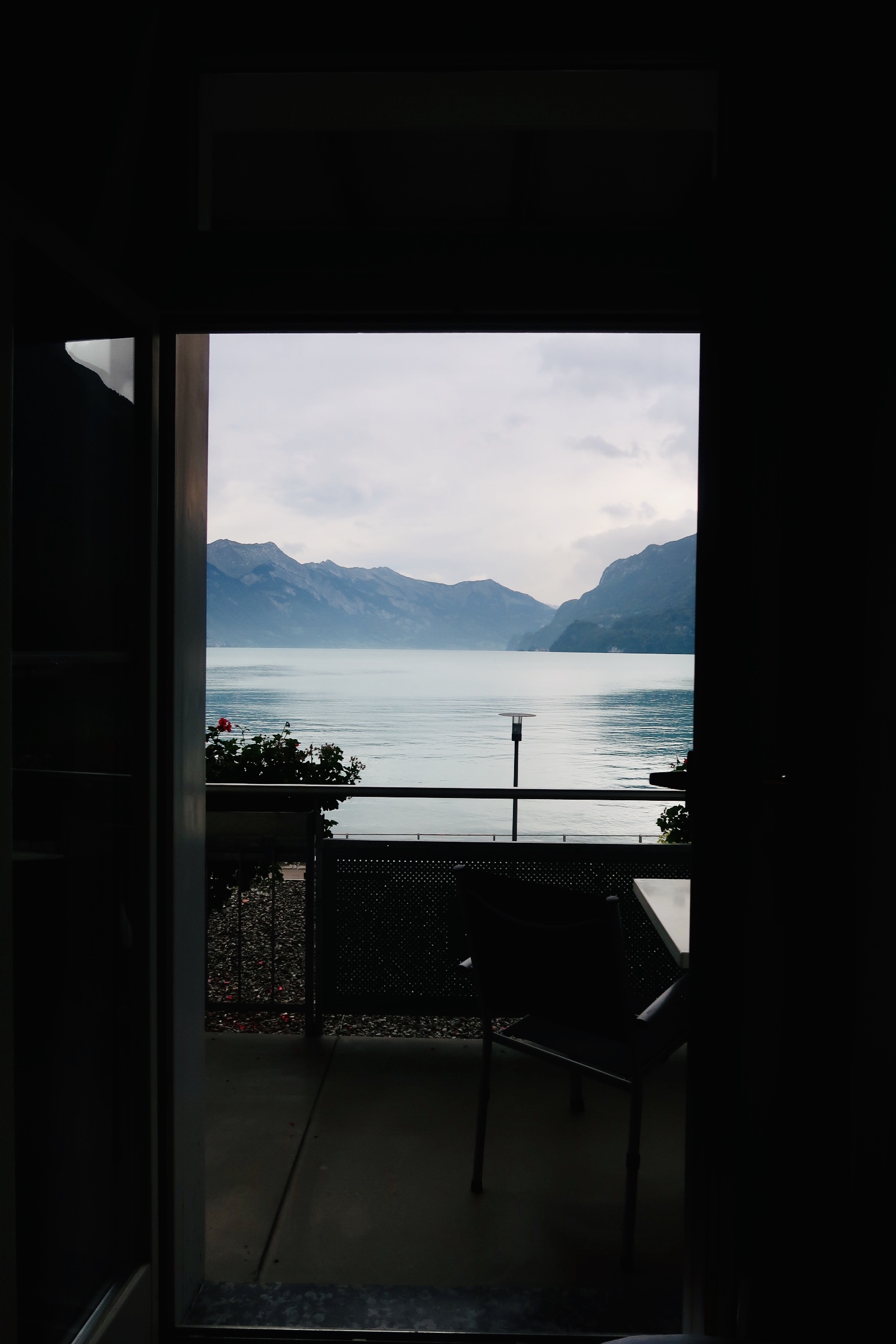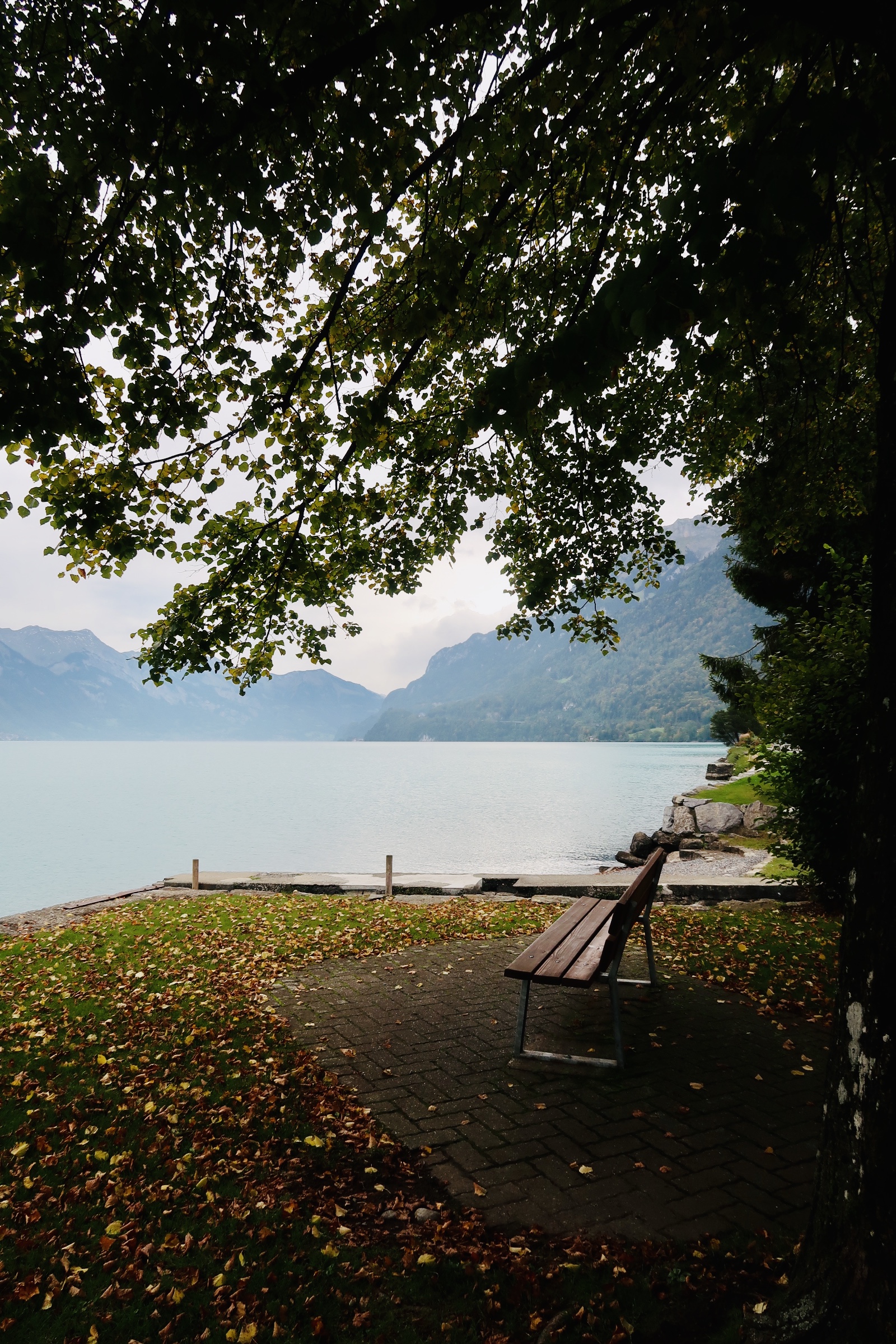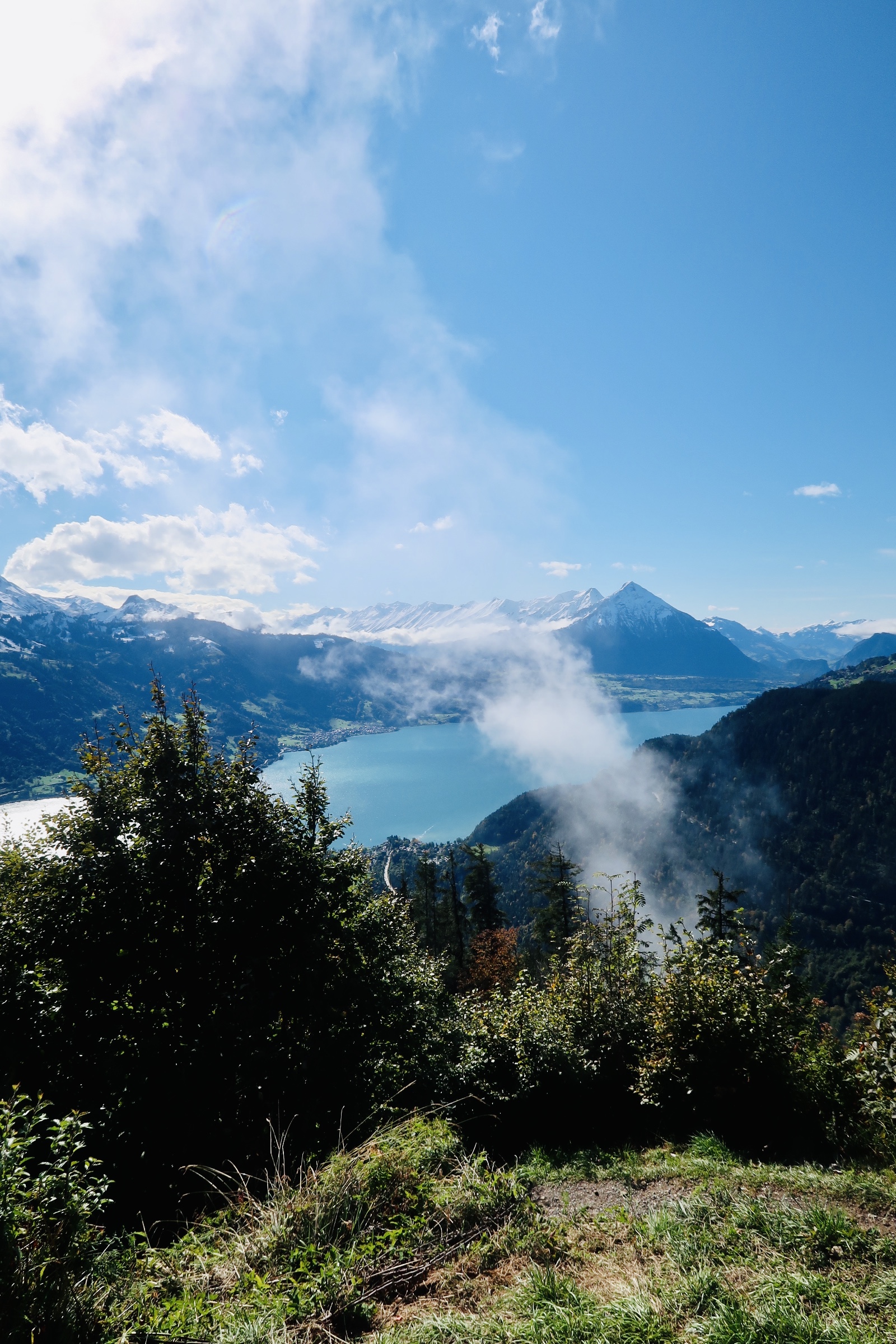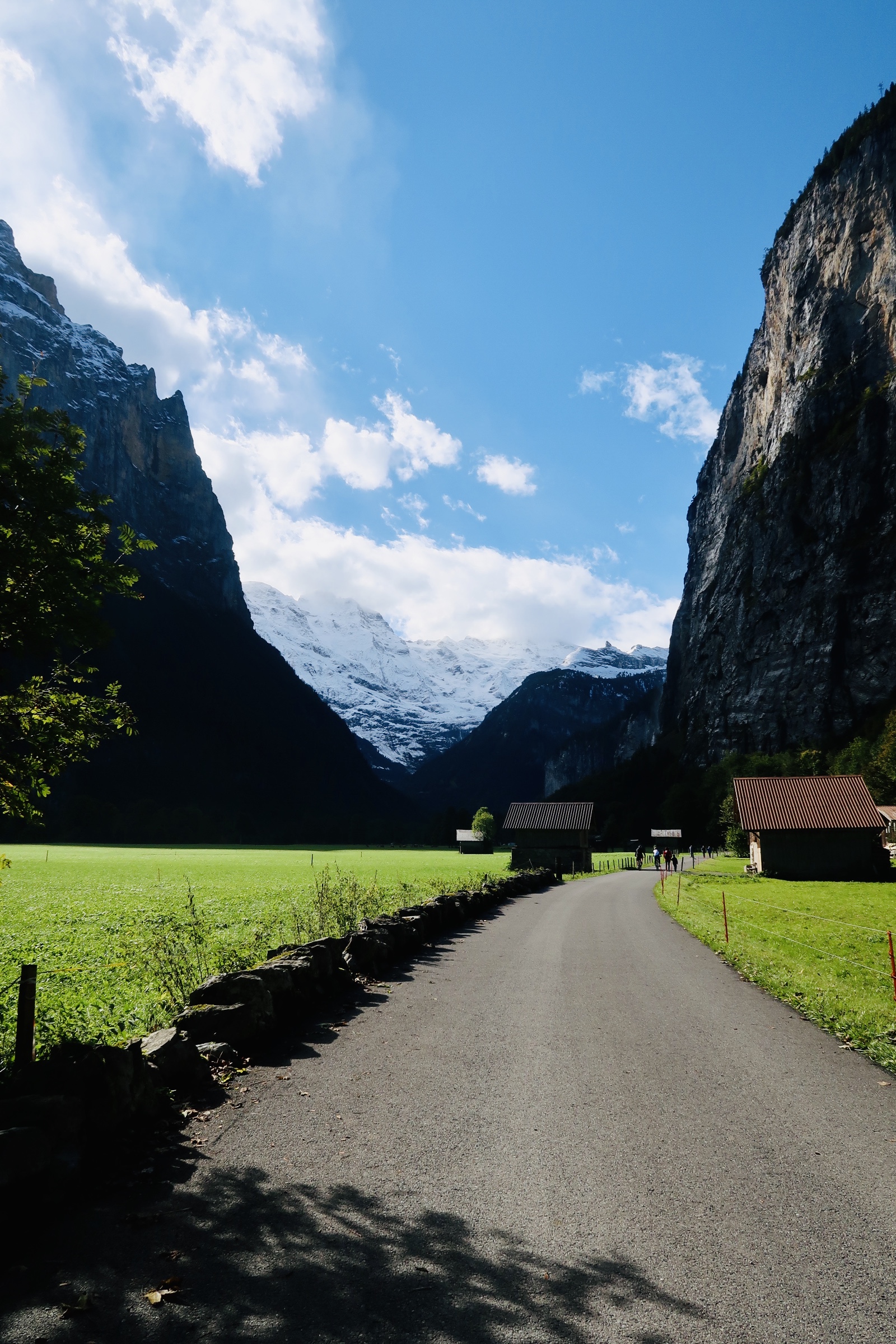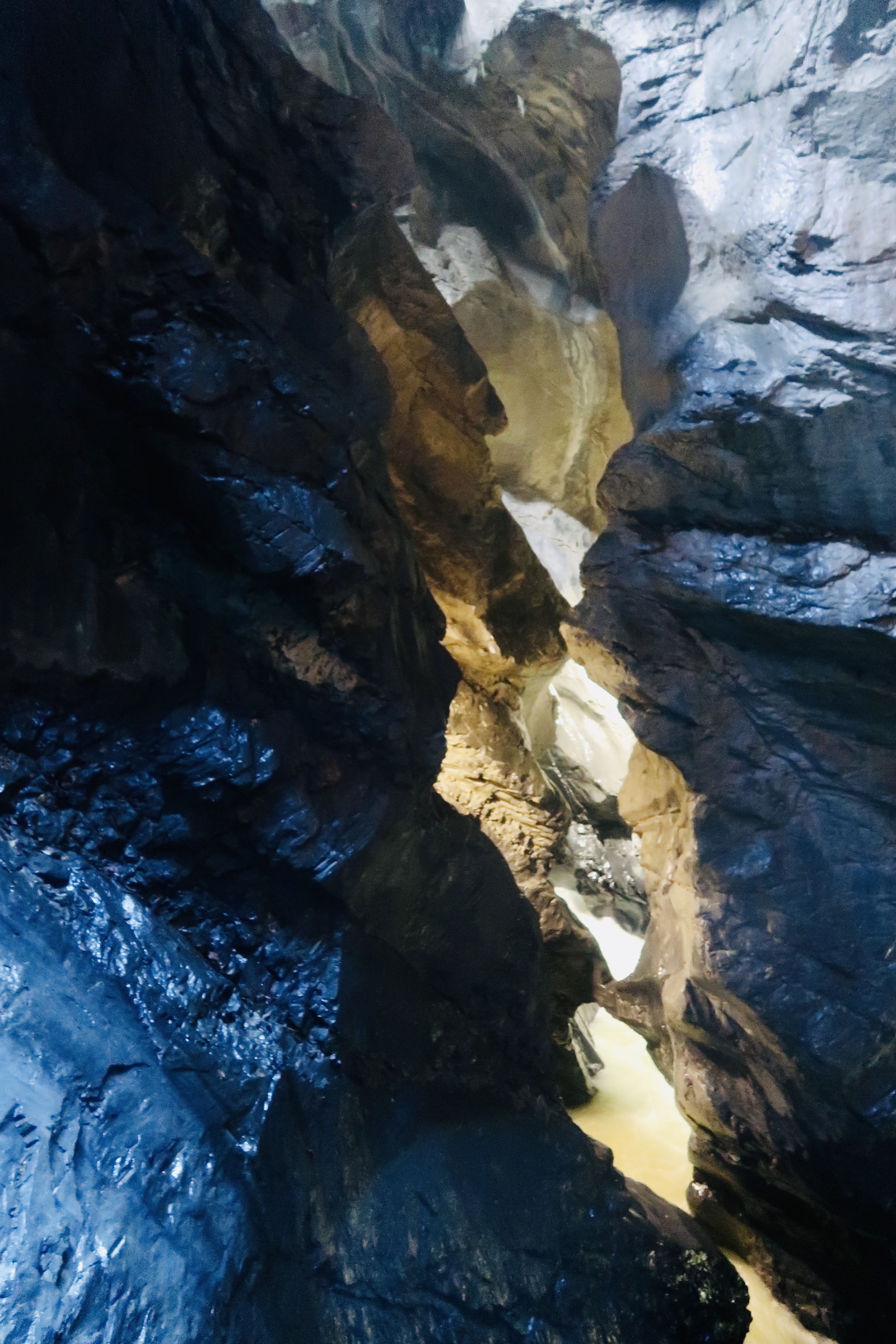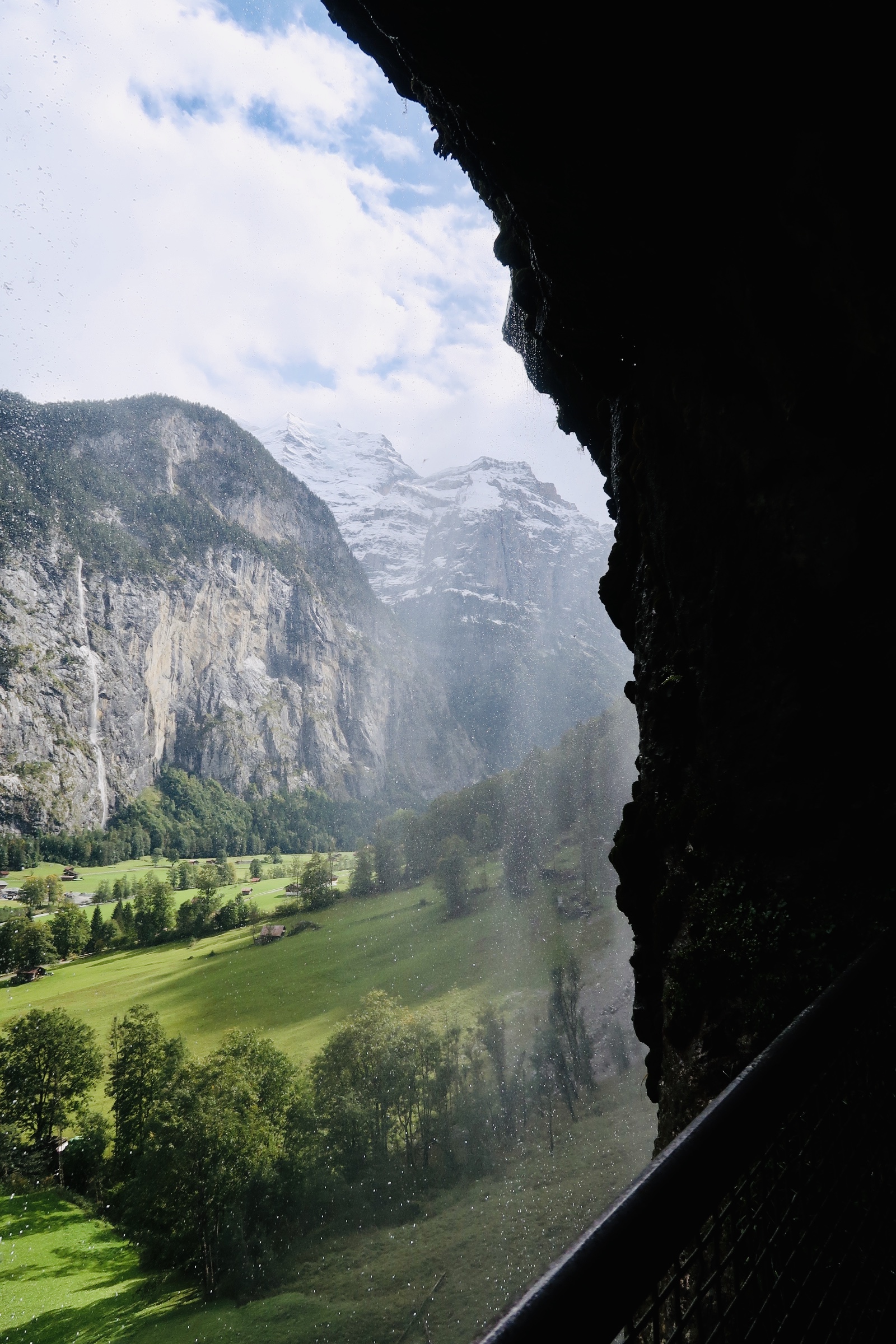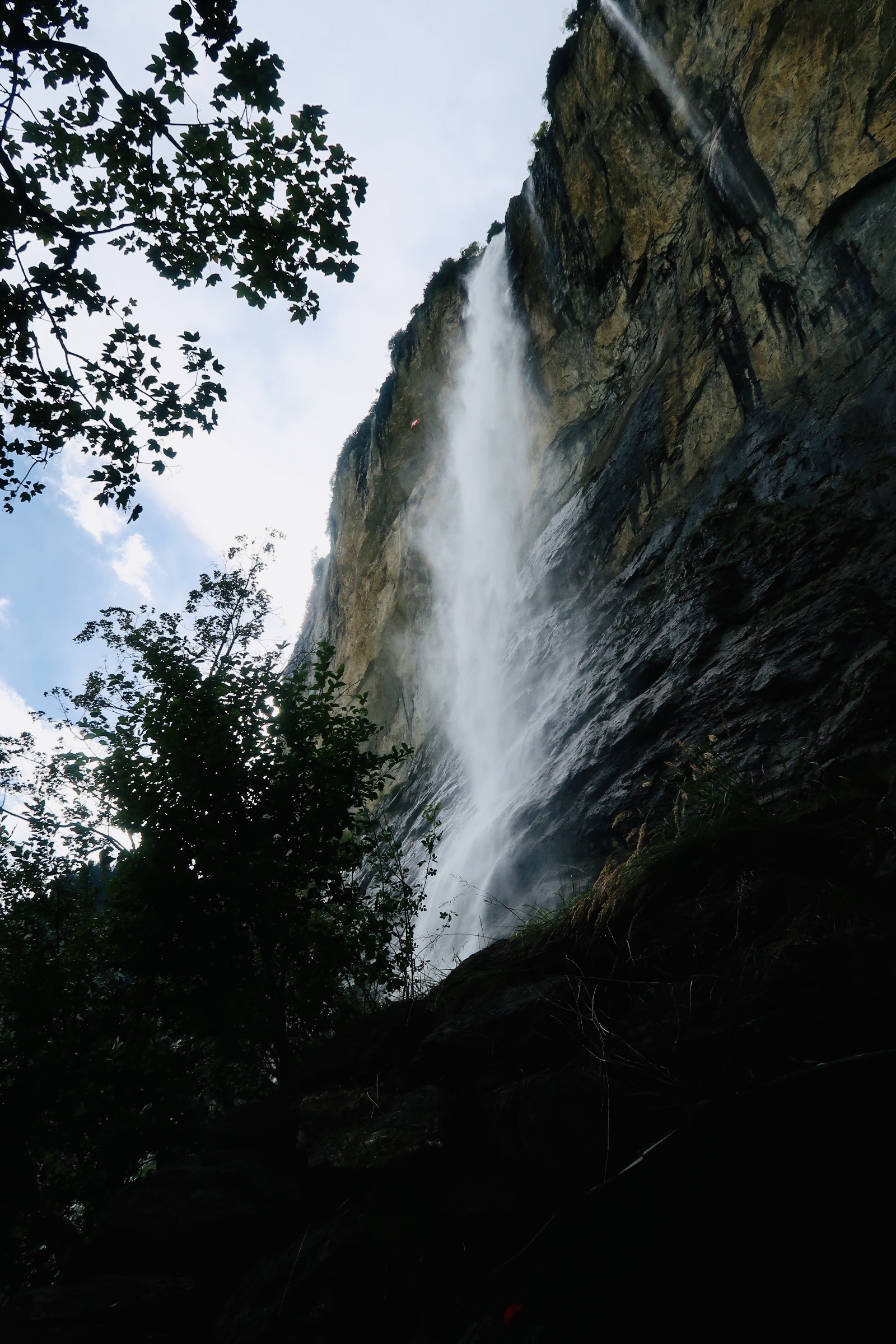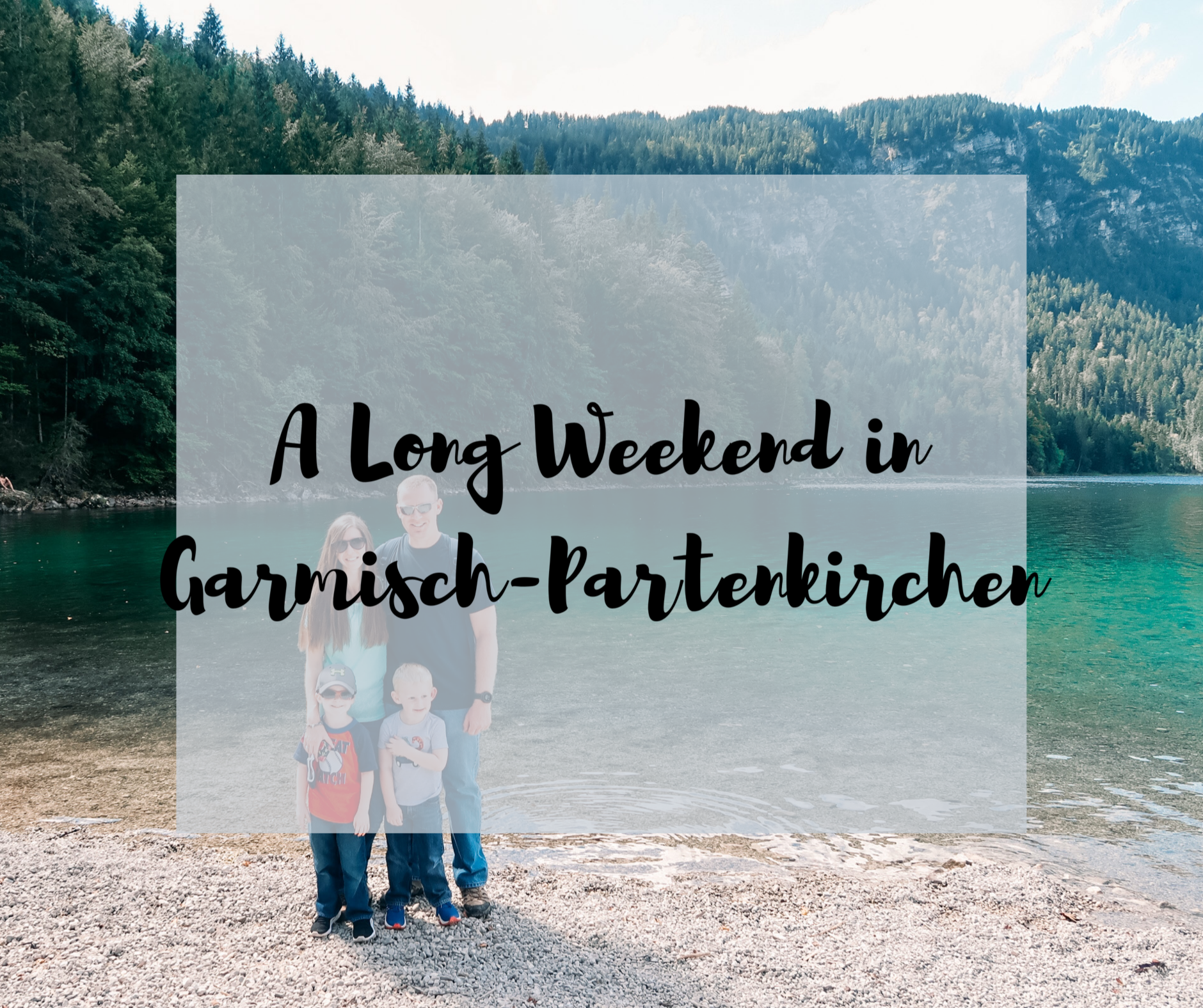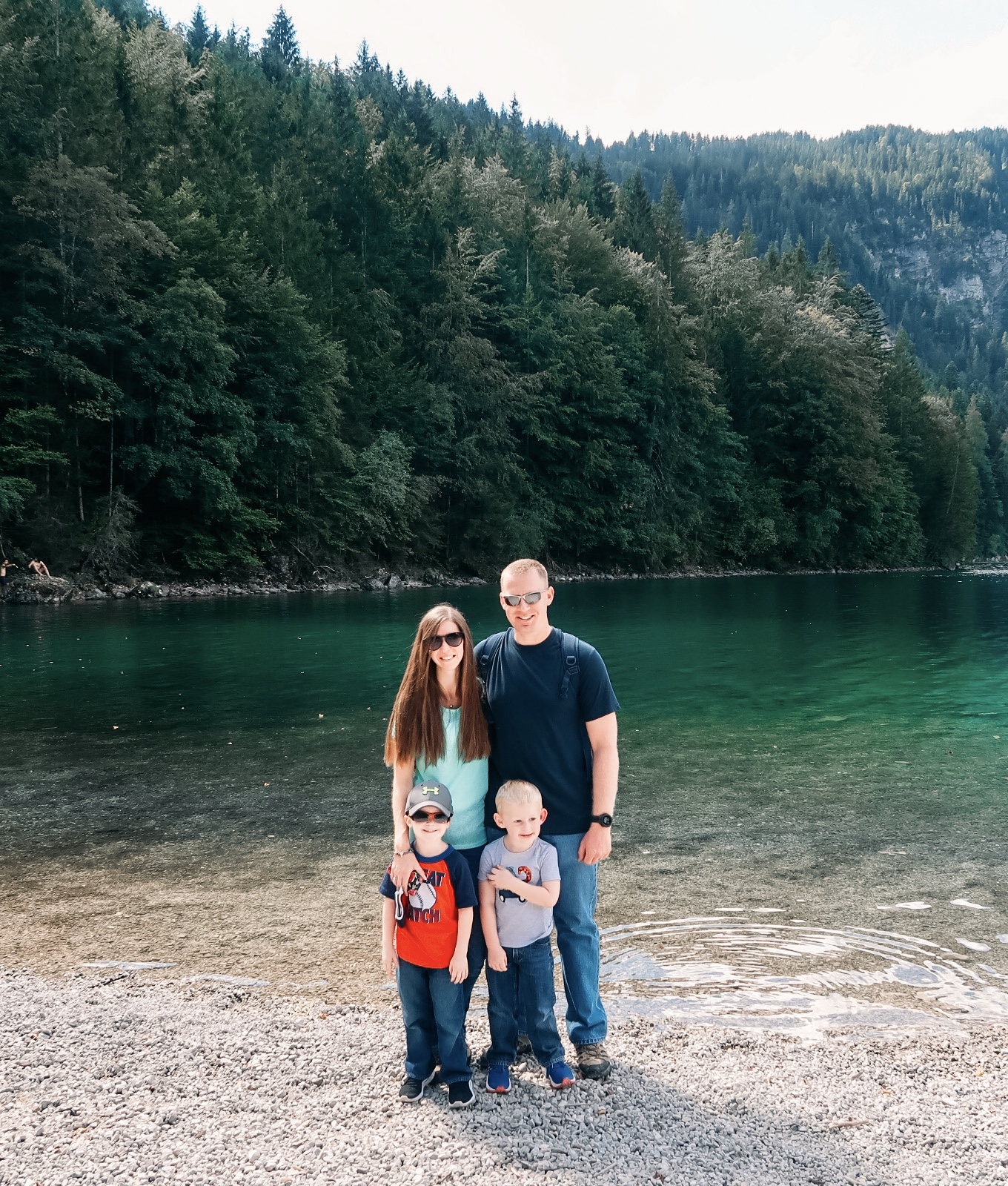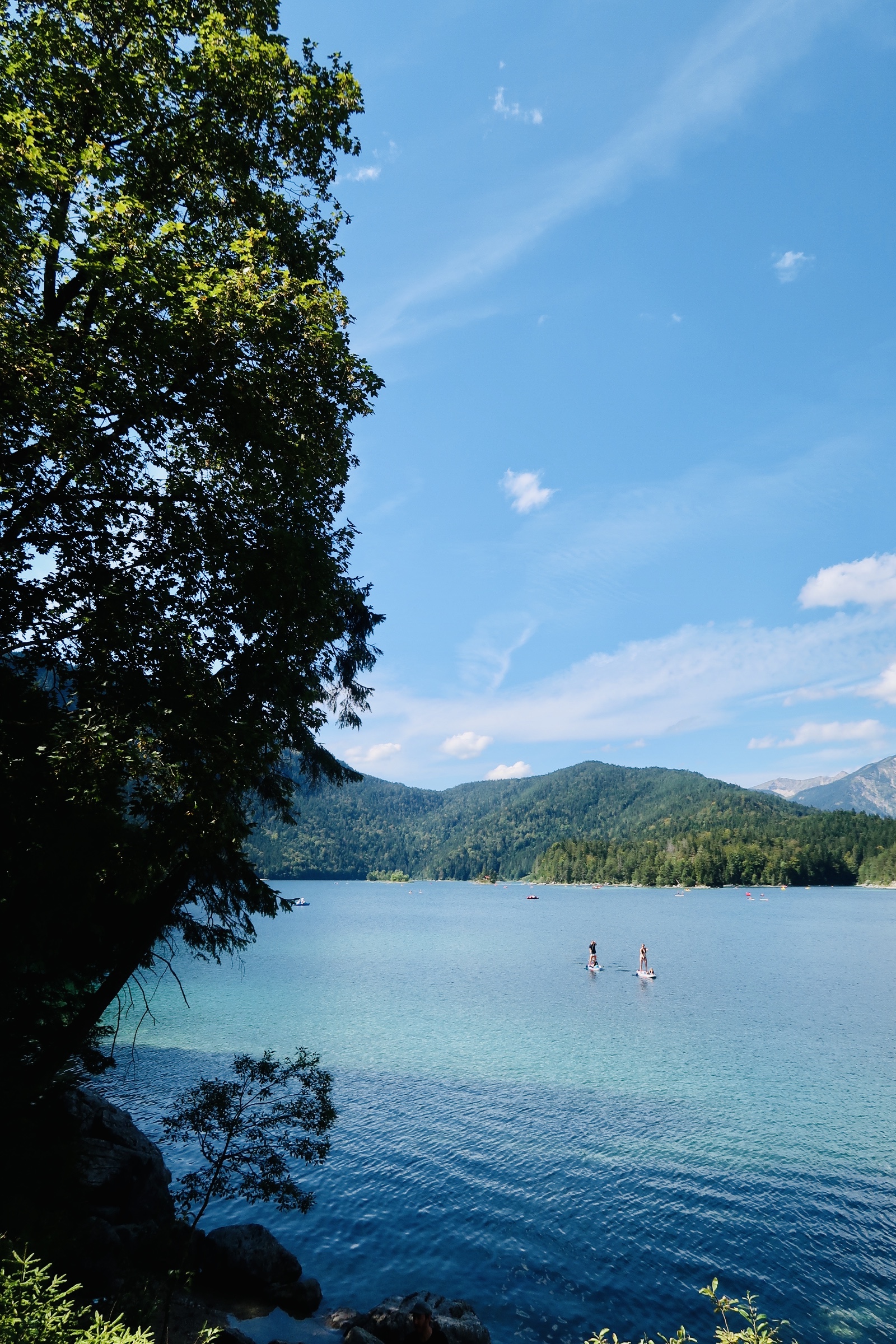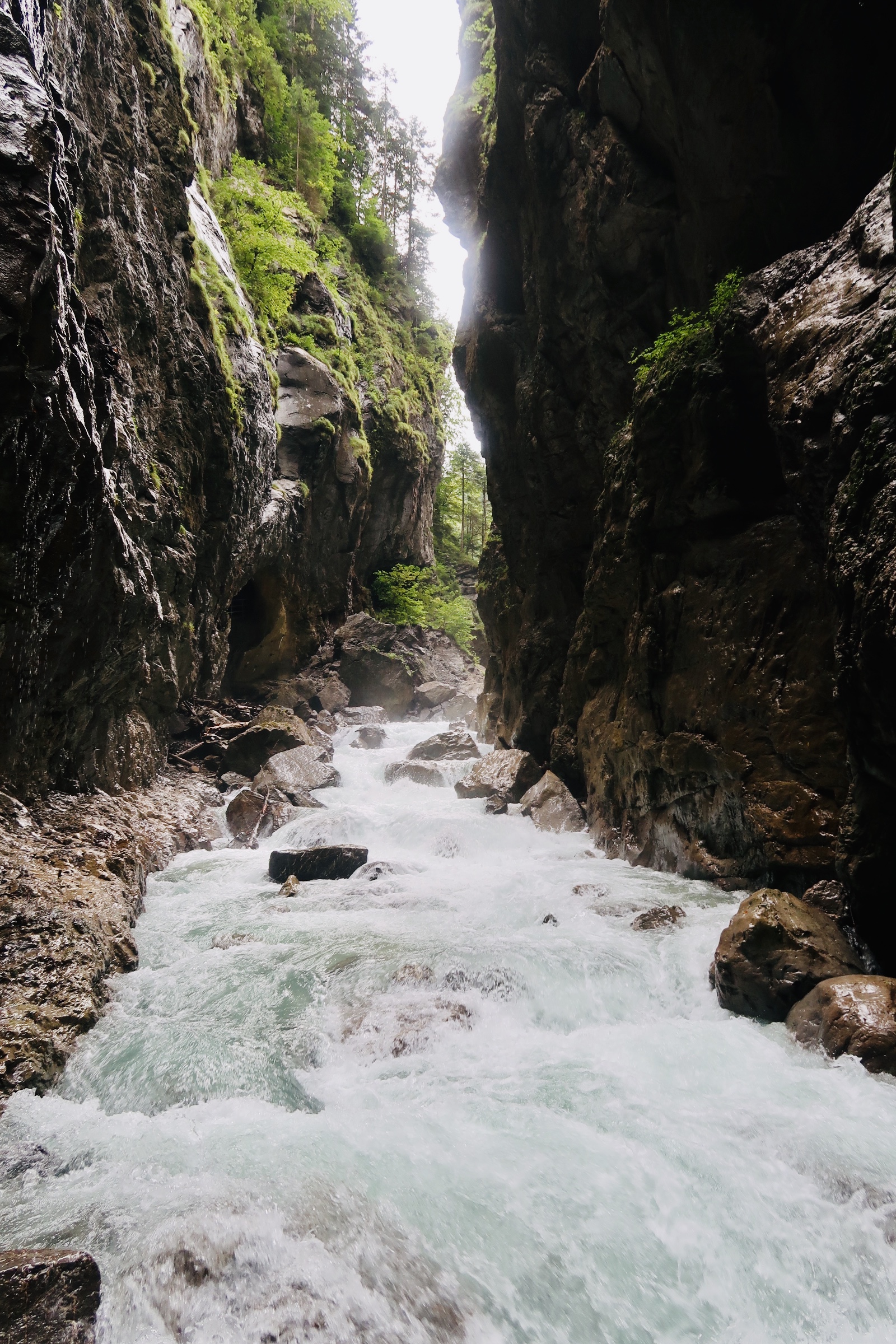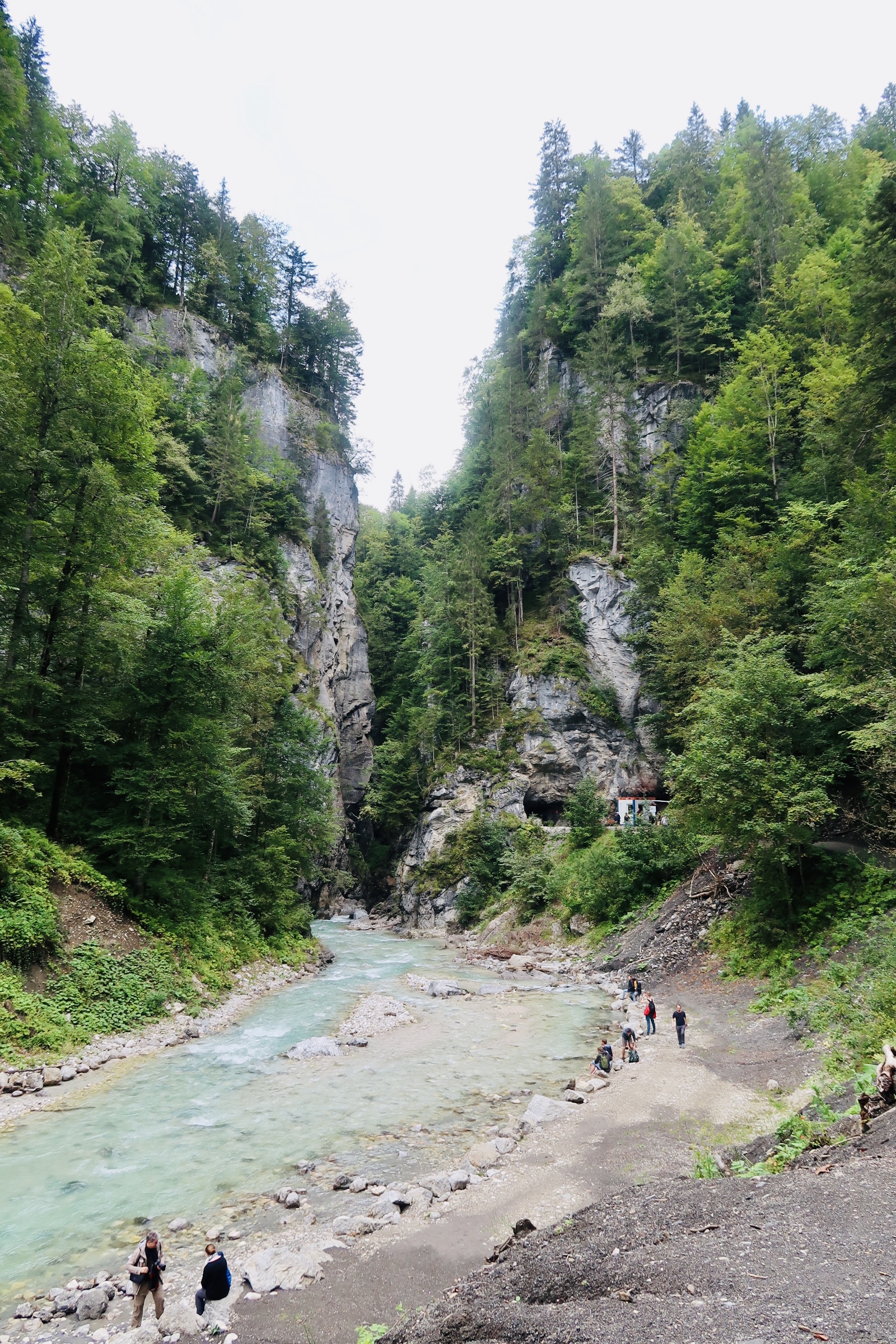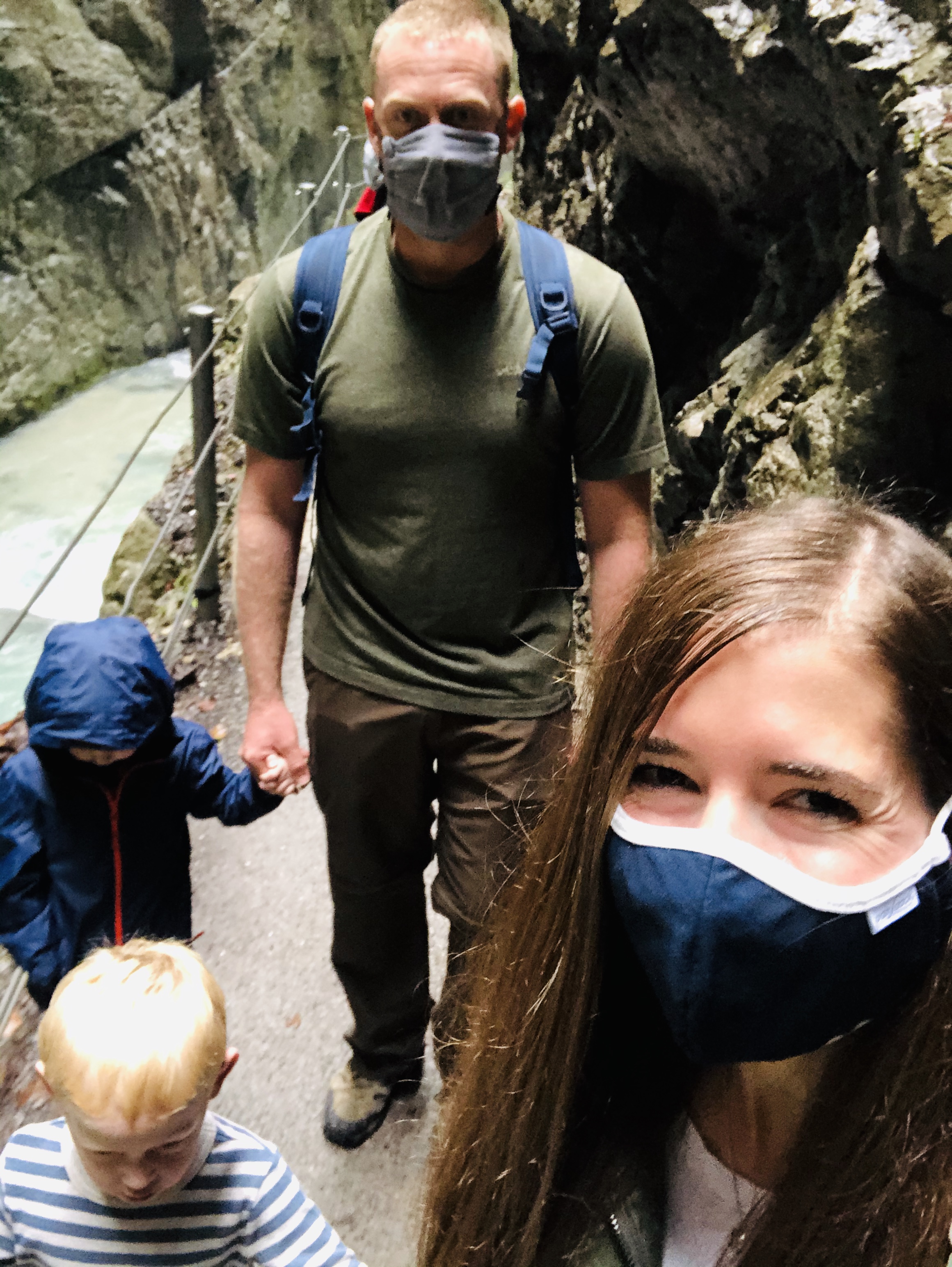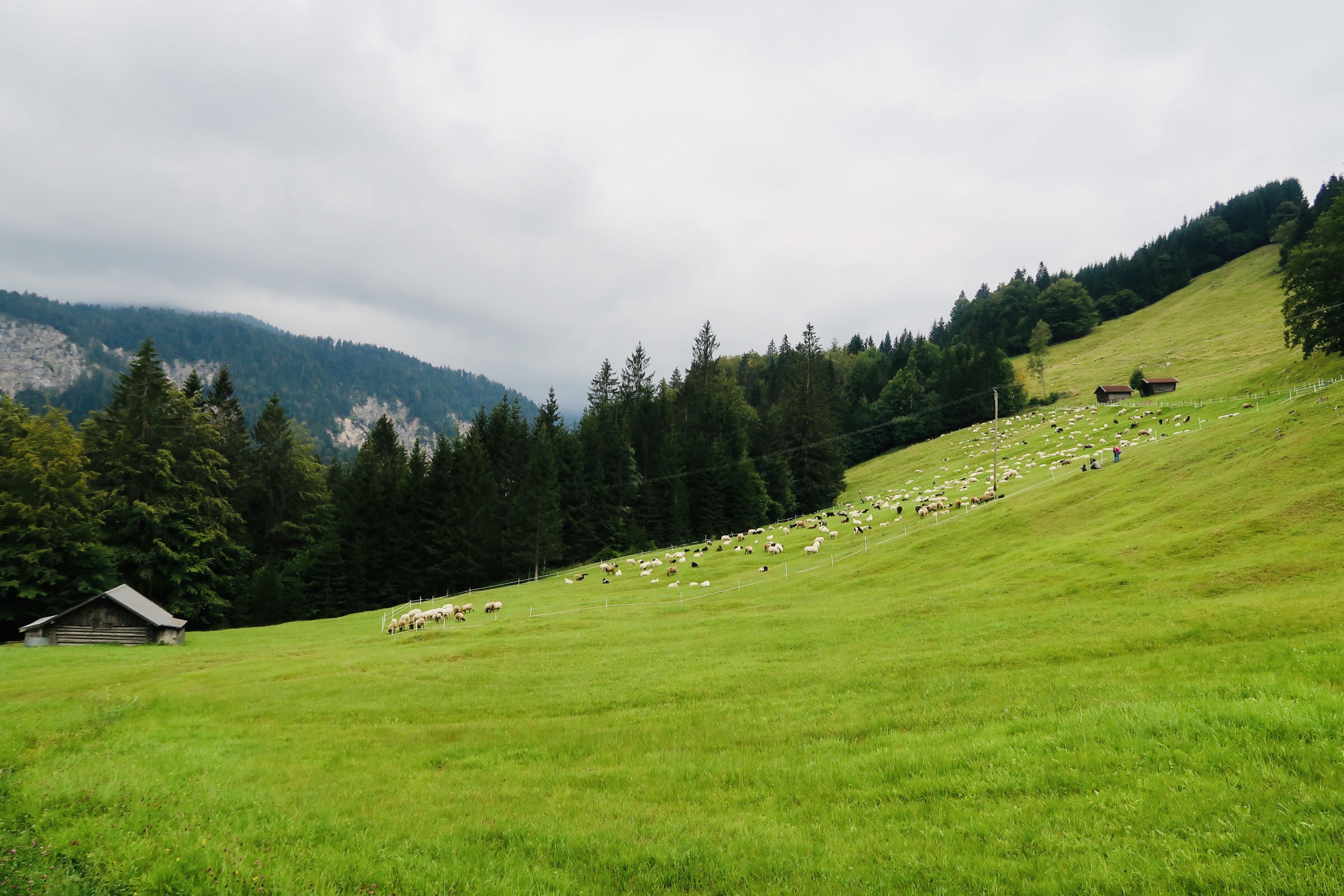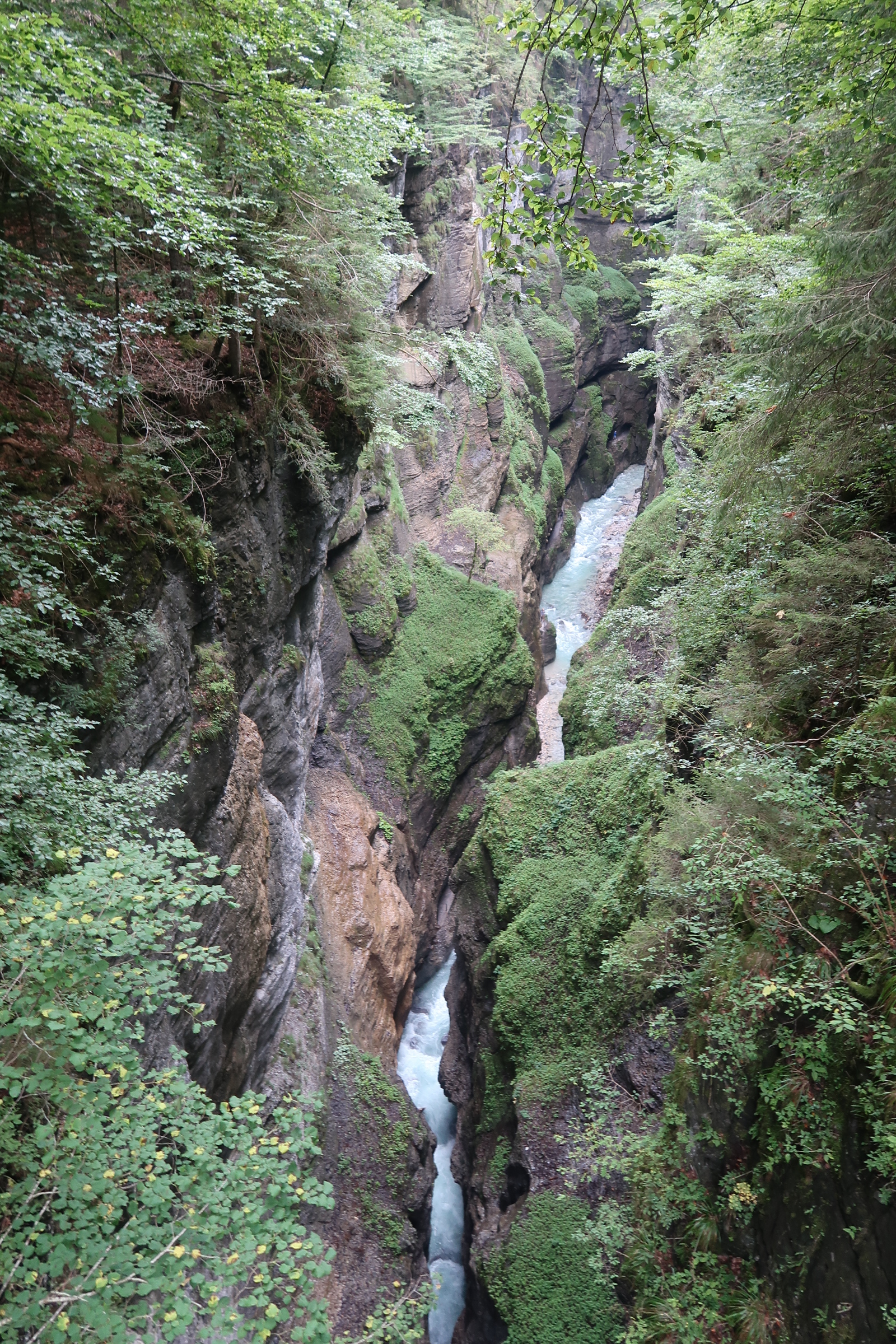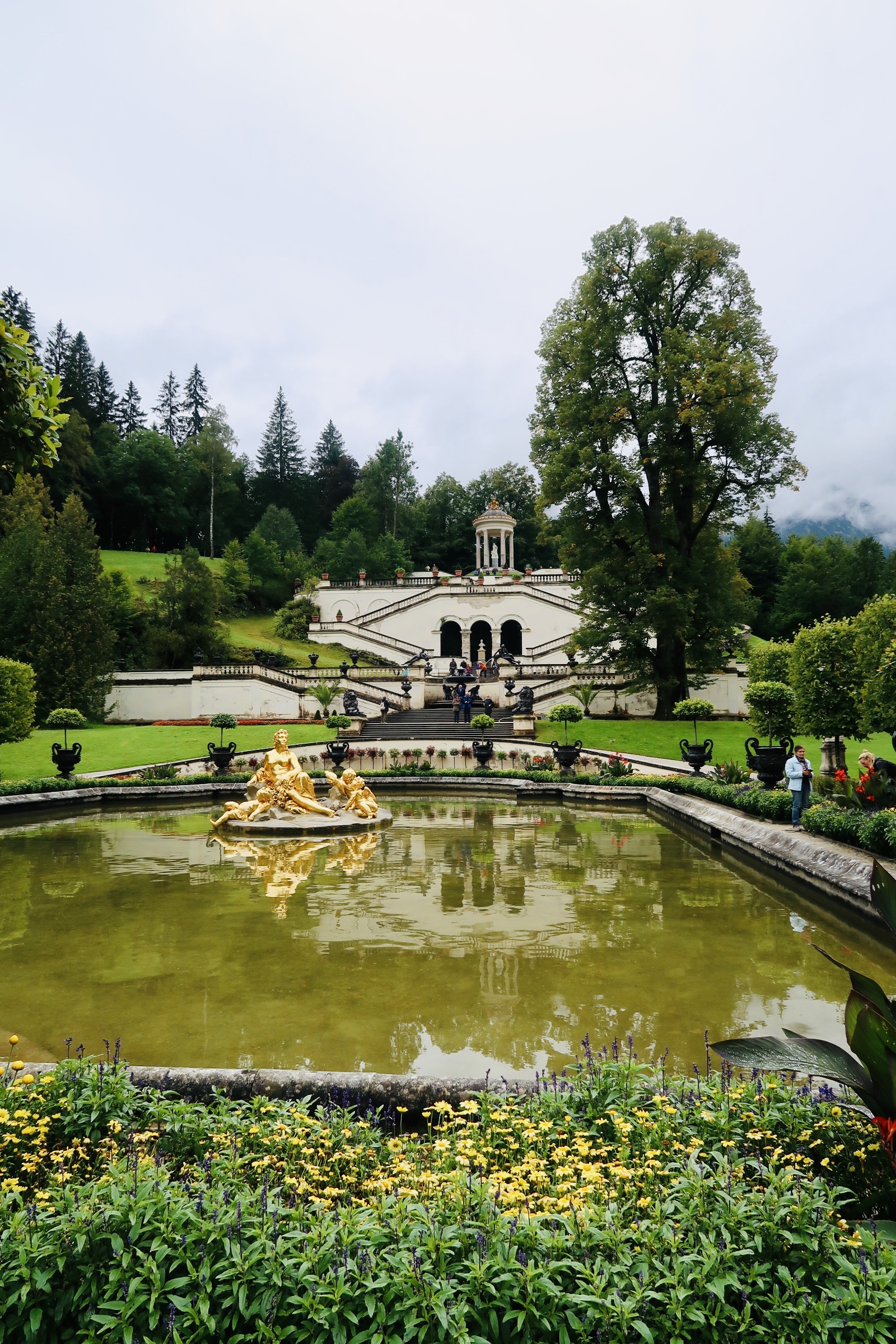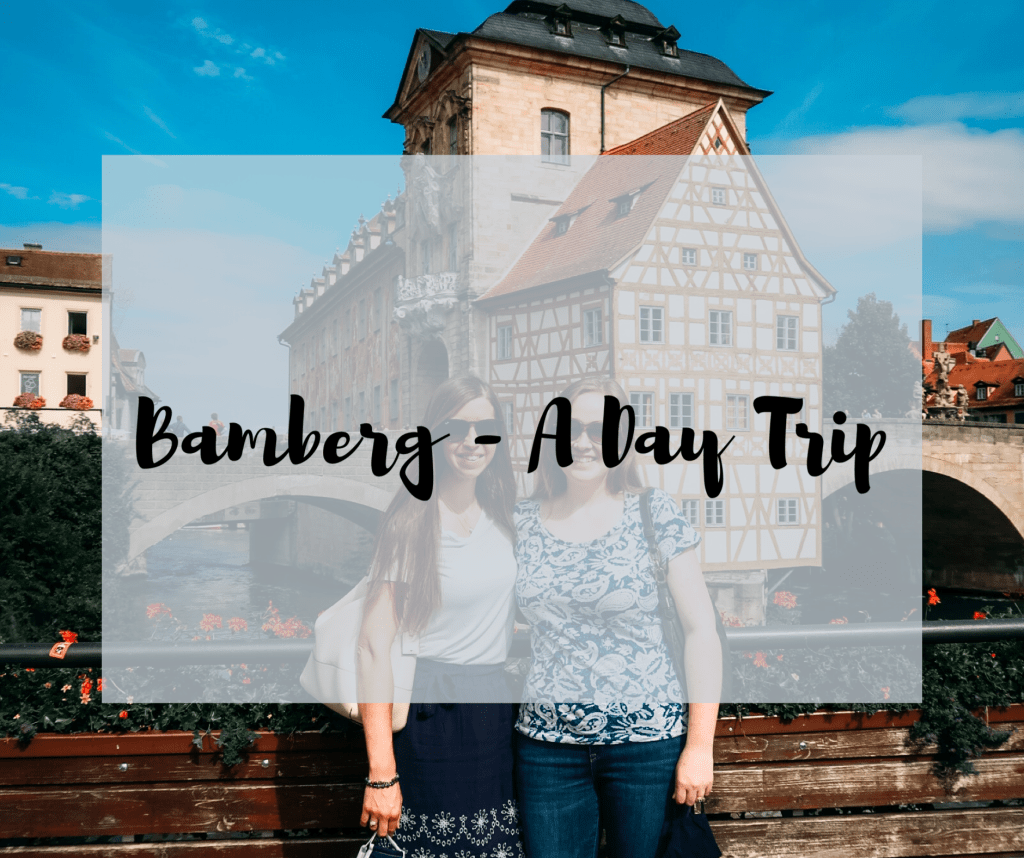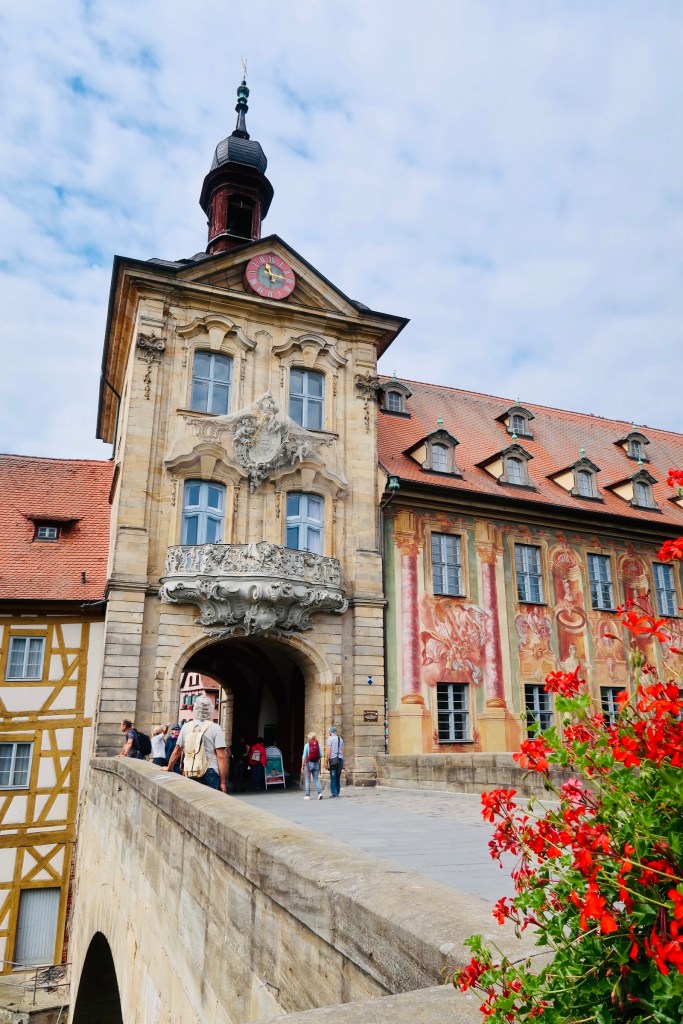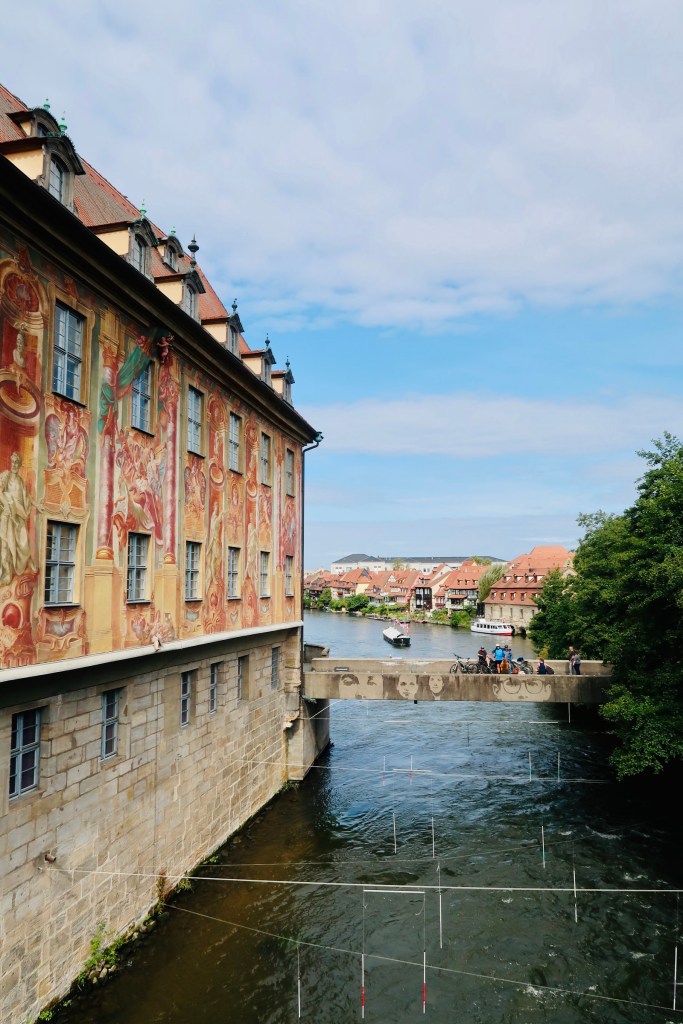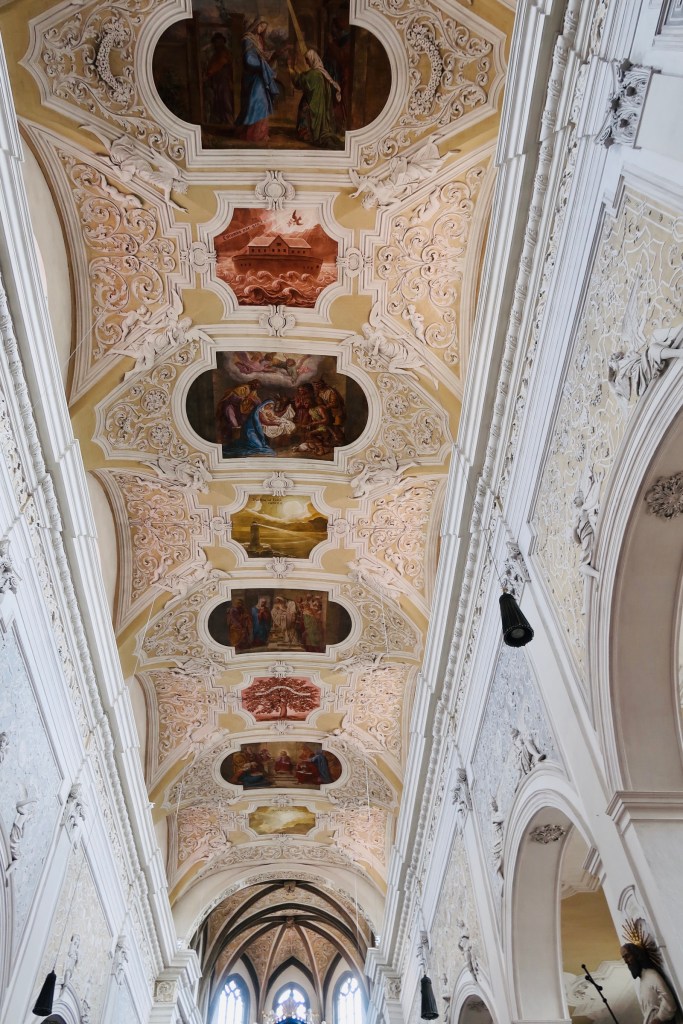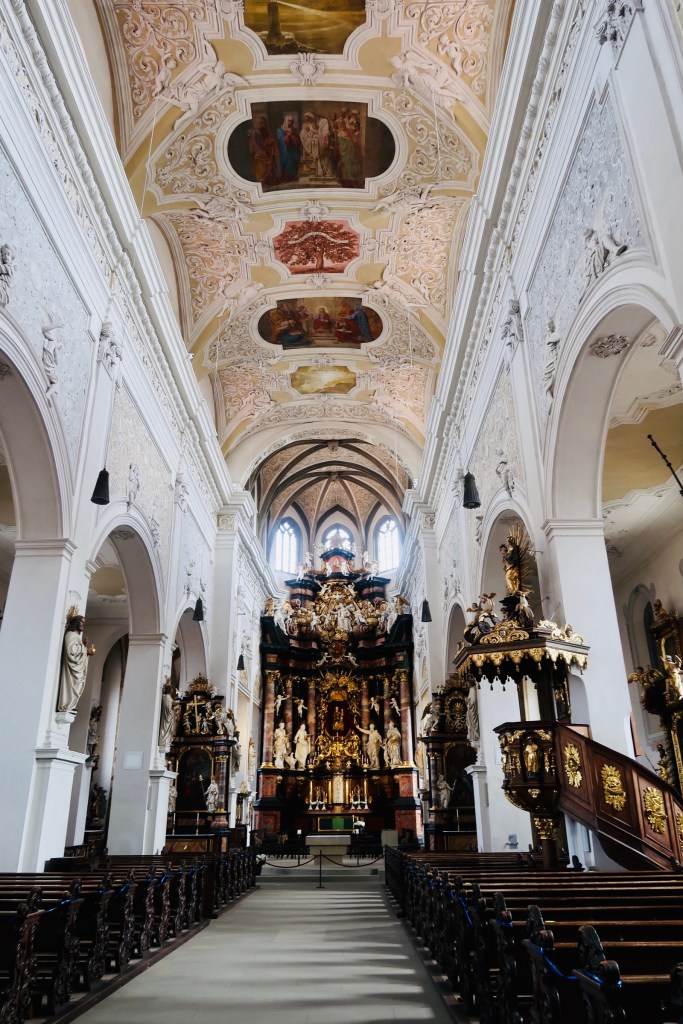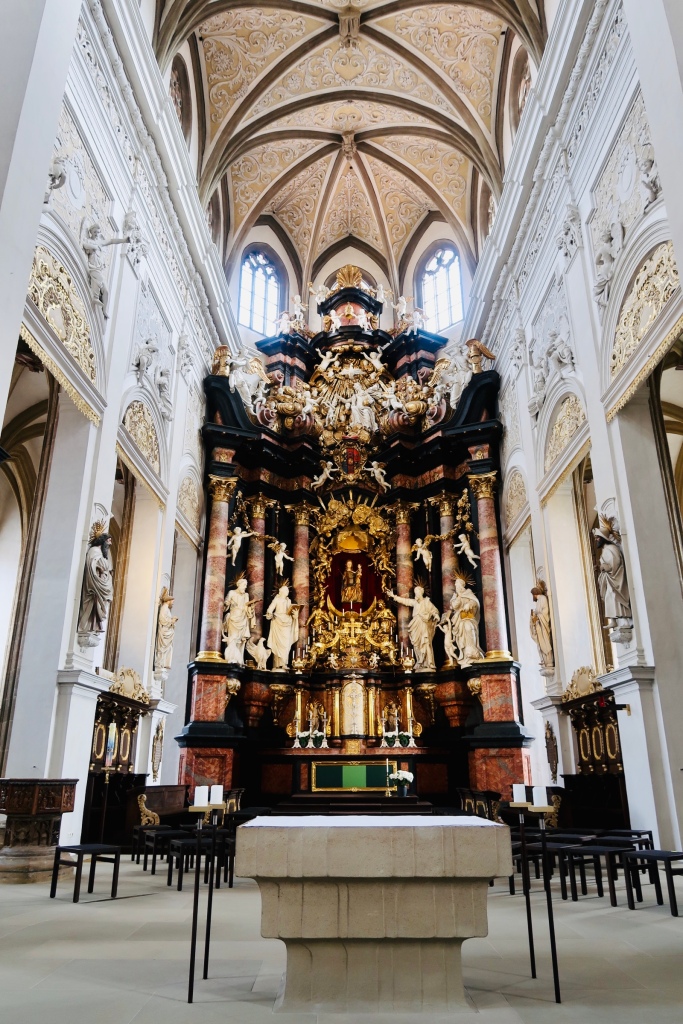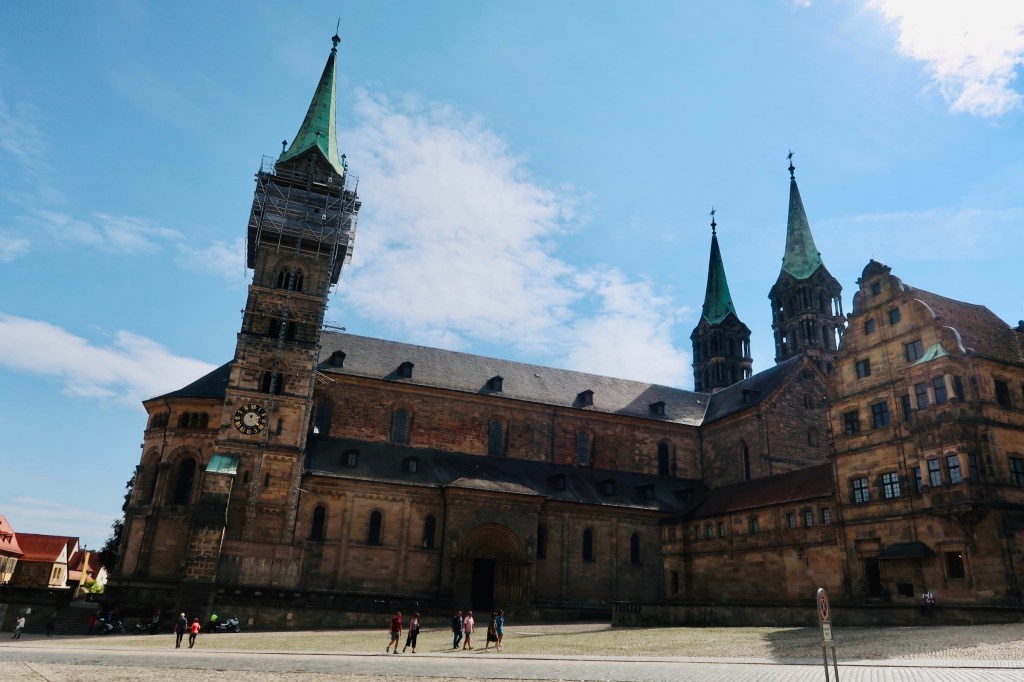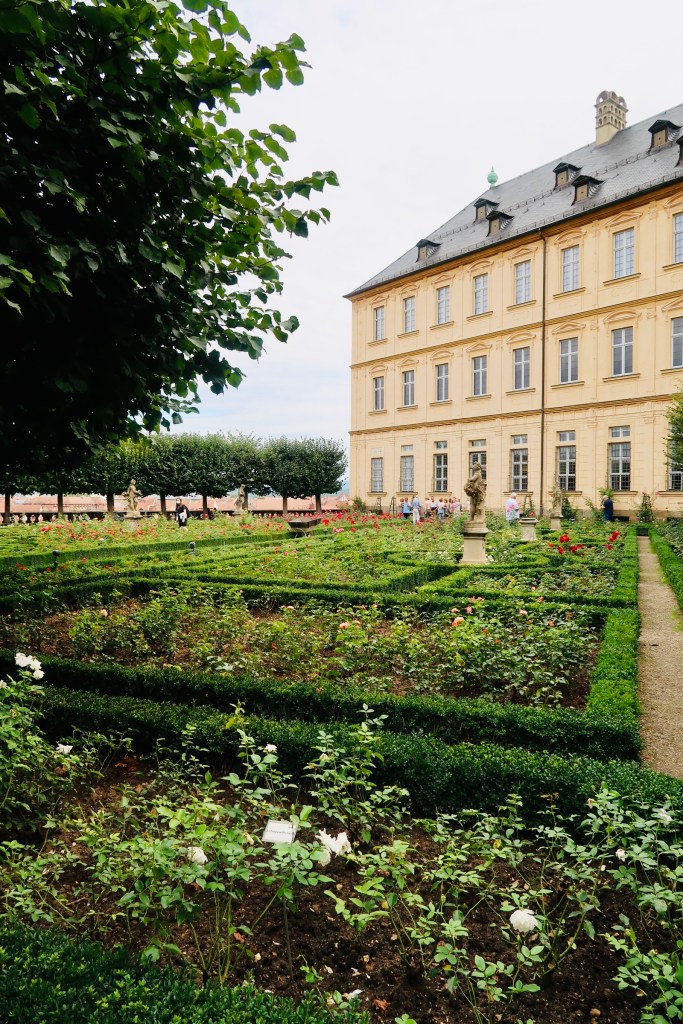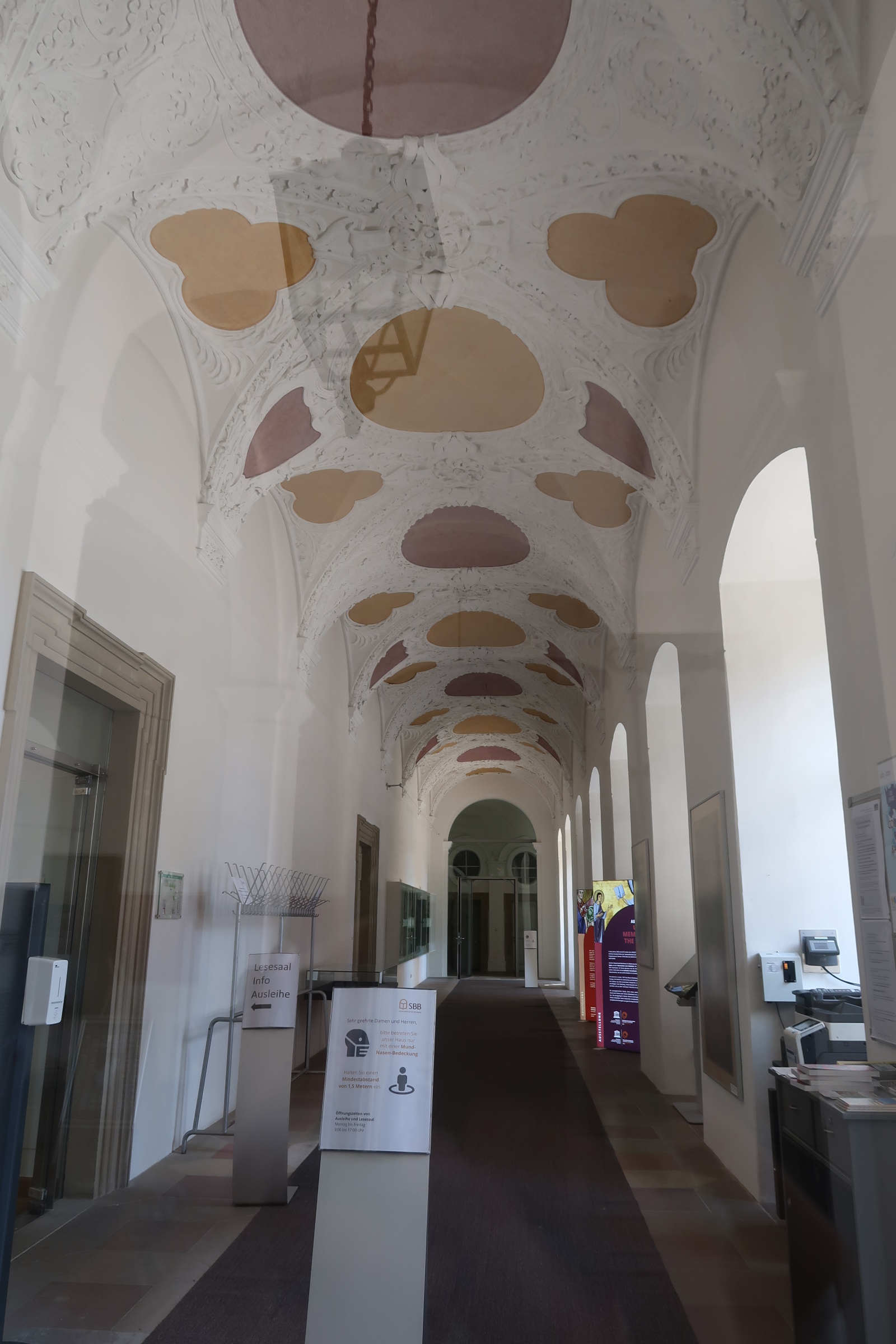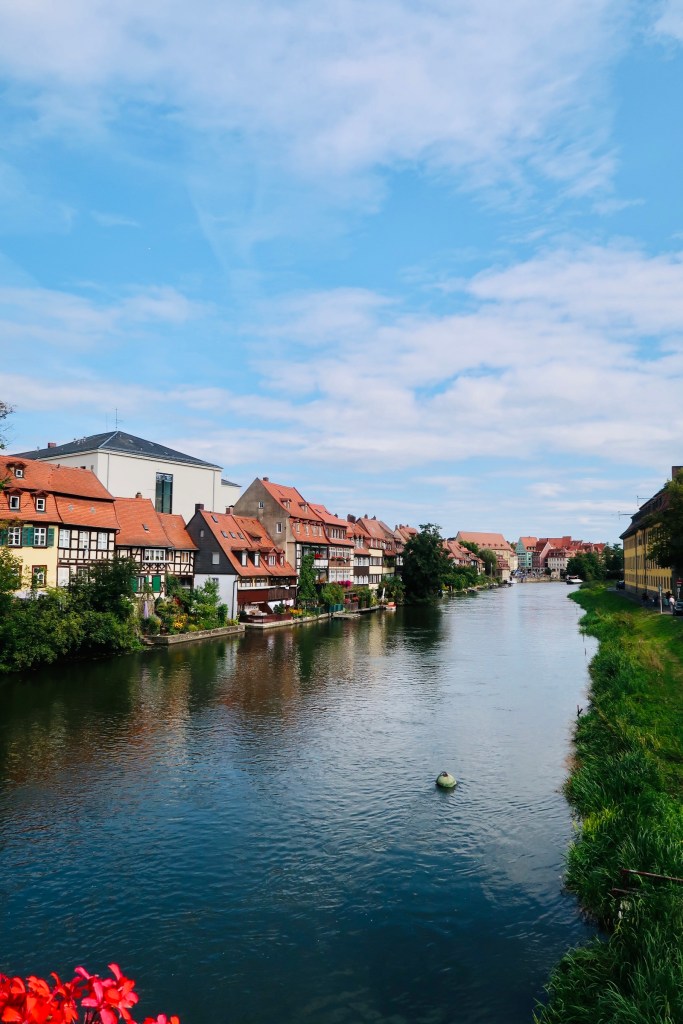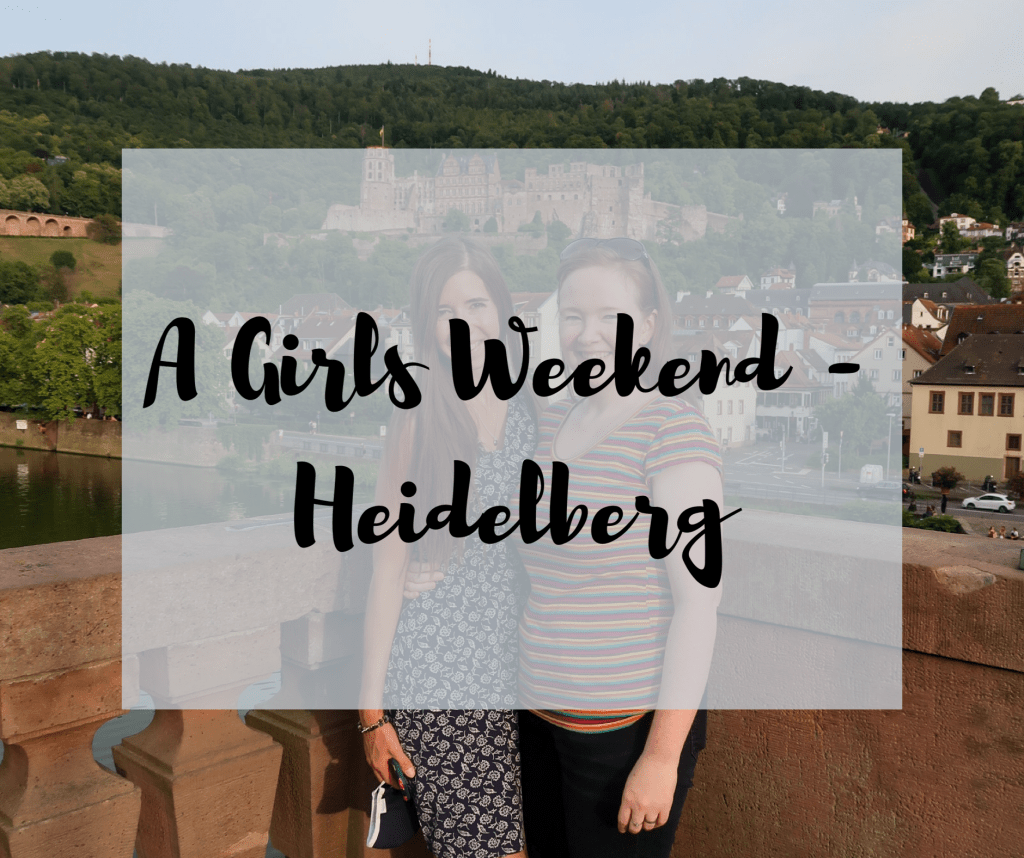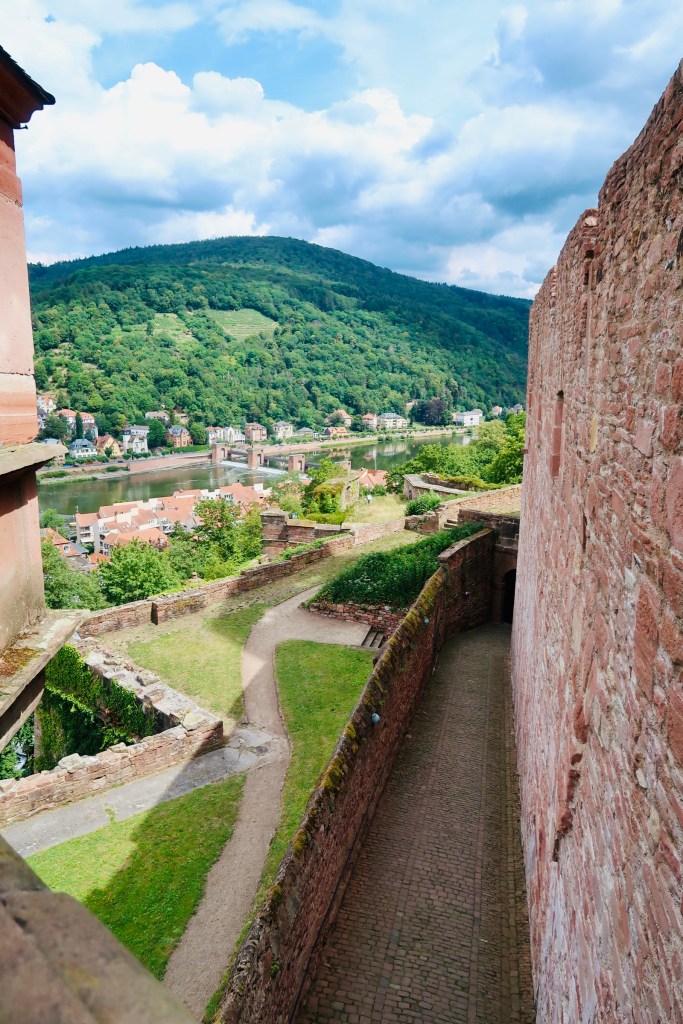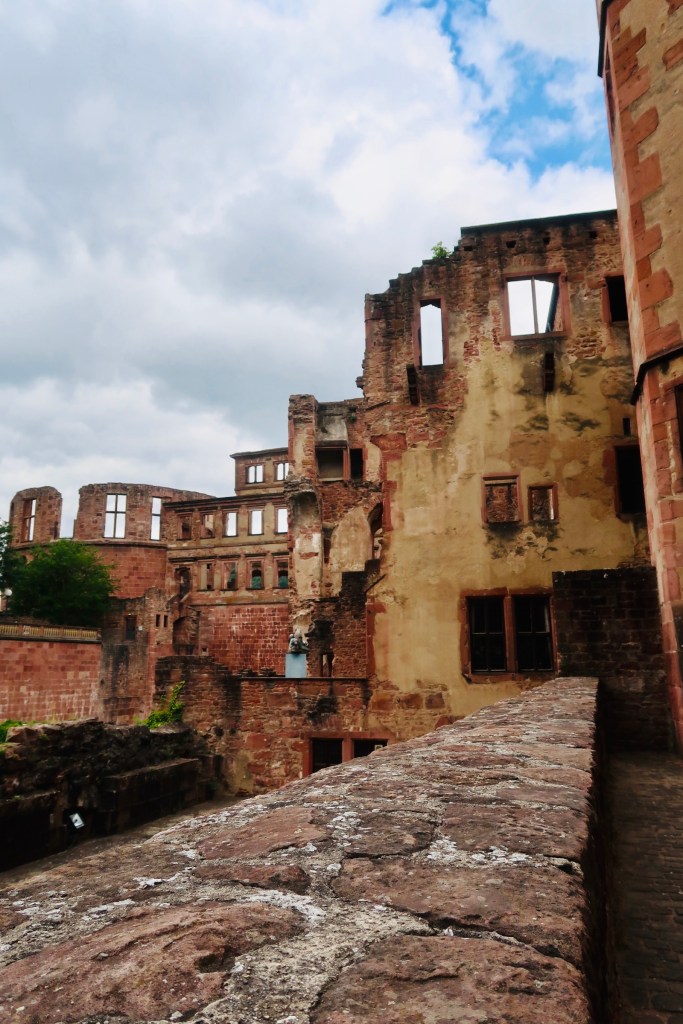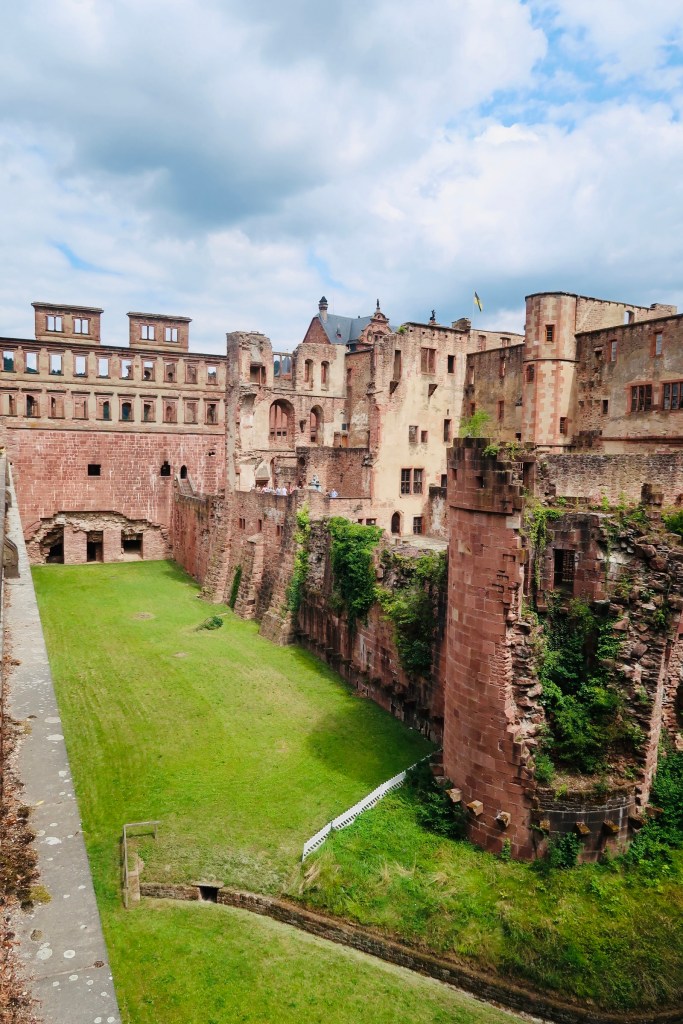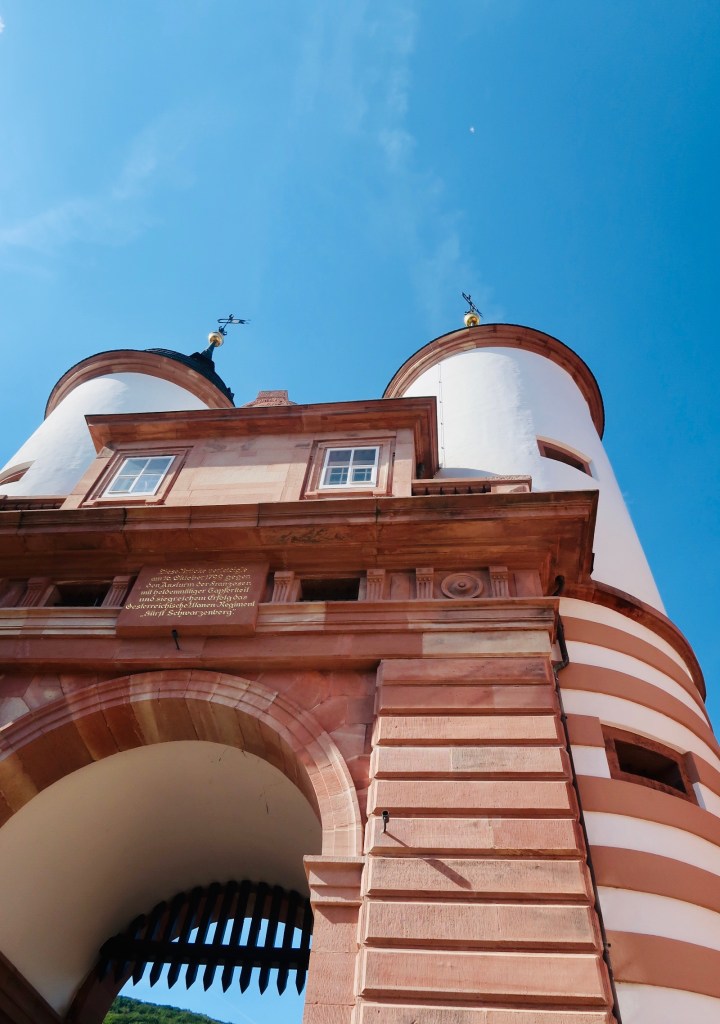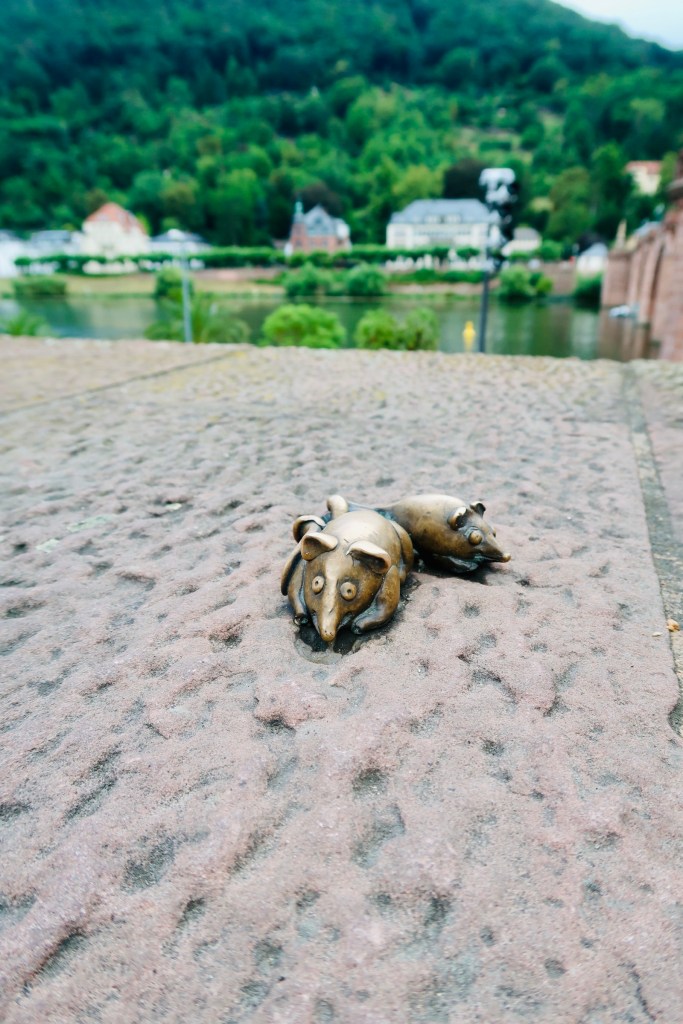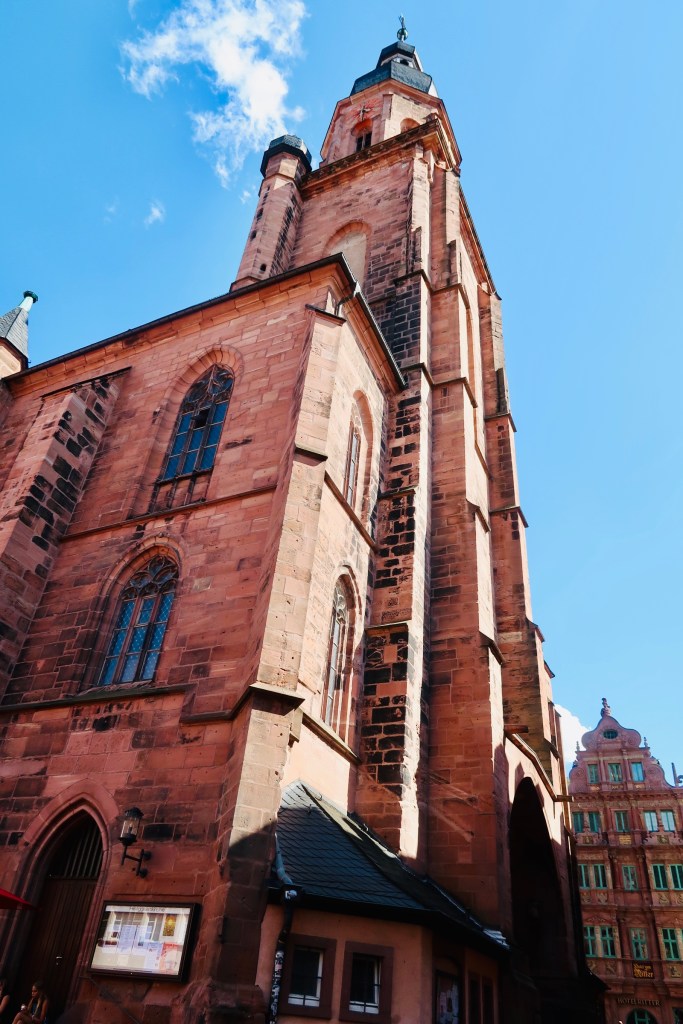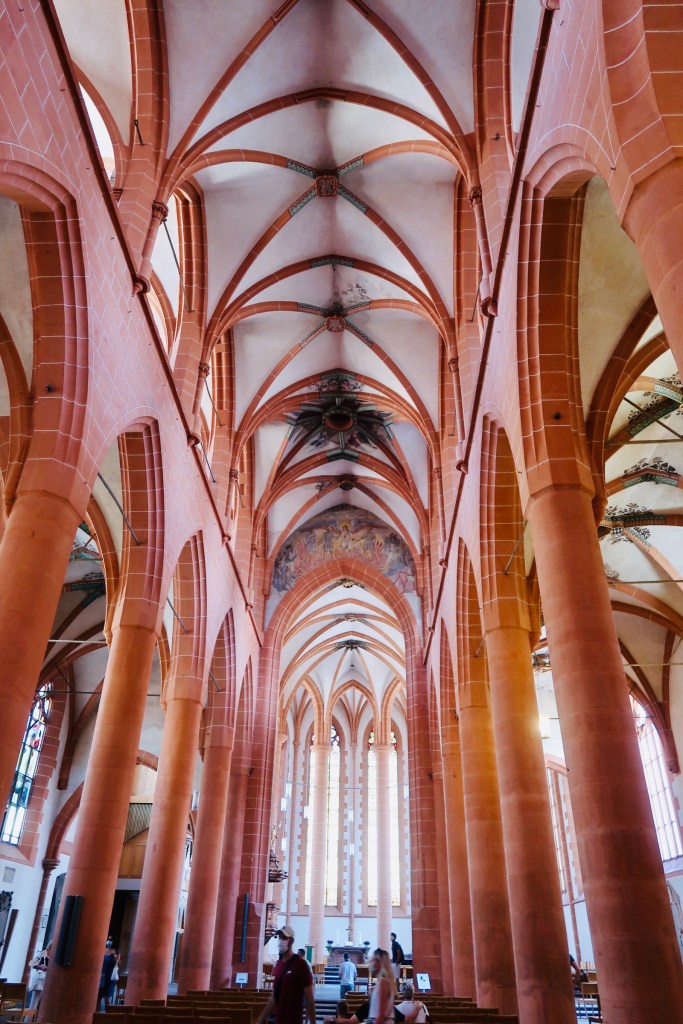We went to Linderhof Palace as part of our weekend in the Garmisch-Partenkirchen region (HERE) and it has to be close to one of my favorite castles. Ornate, ostentatious, and only meant to be used for personal residence, this palace was nowhere near what I expected and yet exactly what I expected.
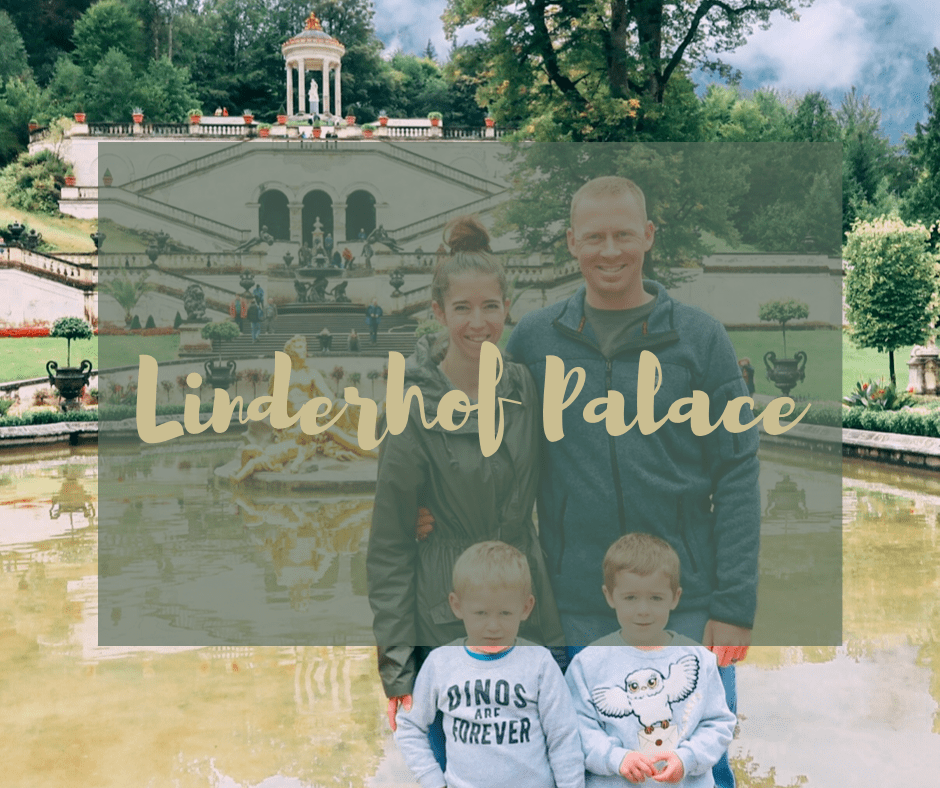
A quick note- photography was not allowed inside the castle itself (as with many of the castles in our region). I will do my best to describe the rooms in detail, but you are also able to look at the Linderhof Palace website HERE and see for yourself.
Linderhof Palace was commissioned by Ludwig II, who seemed to want to rebuild everything he could and commission as many monuments as he could during his short reign. Ludwig II was crowned in 1864, and started his first plans for Linderhof in 1868 (after already redesigning his Munich Residence AND laying the foundation stone for Neuschwanstein). Linderhof was originally a forester’s house used by Maximilian II (Ludwig’s father) as a hunting lodge. In 1874 it was completely torn down and moved about 200 meters for its final spot. The final building was completed in 1886, with a final phase of rebuilding his bedroom (which we will get into in a minute). Linderhof is the smallest of the three palaces he commissioned, but the only one he saw completed in his lifetime.
Ludwig II was a bit obsessed with the French Monarchy and the ideals presented. He loved what he saw of Versailles and tried to channel a lot of both Versailles, and the French monarchies rooms within Linderhof. You can see these influences in the gold adornments covering the walls, and the tapestries and paintings throughout the interior. There are also paintings of various members of the French Monarchy, such as Louis CV, Marie Antoinette, and others.
There are a total of 4 rooms within the palace (again- it was intended as a private residence), each more over the top than the previous. The ones that stood out to me the most were the Hall of Mirrors, which was used as a living room of sorts. It is said that Ludwig II would sleep during the day and be up at night, and the mirrors combined with candles would create an illusion of a never-ending room. The Bedchamber was another that stood out to me, mostly because of it’s incredibly over the top nature. Ludwig II pulled on his inspiration and admiration of Louis XIV when designing this room. He was fascinated by how the French King would hold morning audiences in his bedchamber as he got ready for the day. While this was a private residence, and there would not be much business or visitors at Linderhof, Ludwig II still wanted to create this grand appearance. The bed itself is massive and a beautiful blue coloring, but is positioned in a way that idolizes Ludwig II (had you happen to see him there in his life). The entire room boasts of glass, porcelain, and gold.
Though it appeared that most rooms were coated in gold, there actually was not a lot of gold used. If you had melted down all of the gold in the palace, it would have only yielded under 10kg of gold. It was more so for the sake of appearing wealthy than of actually being wealthy (although the cost of the palace was still a hefty 8 million marks).
The grounds of Linderhof are equally stunning. Set almost right into the Bavarian Alps, you can’t help but feel as if you are in a secret oasis, with only the mountains around you. In front of the entrance to the Palace is a large pool with a 25-meter-high fountain. Continuing on there are three terrace gardens that lead up to a temple. Behind the palace is a cascading water display topped by a small music pavilion. There are also several other features to see, including a grotto, the Morocco House, and the Hunding’s Hut.
The combination of the grounds and the palace give a very overwhelming effect. Here lived a king. And he did. He found himself staying at Linderhof for a couple weeks a month. Overall, this is a must see spot, especially if you like secluded mountain oasis spots.

